







Figure 2: Miro moodboard
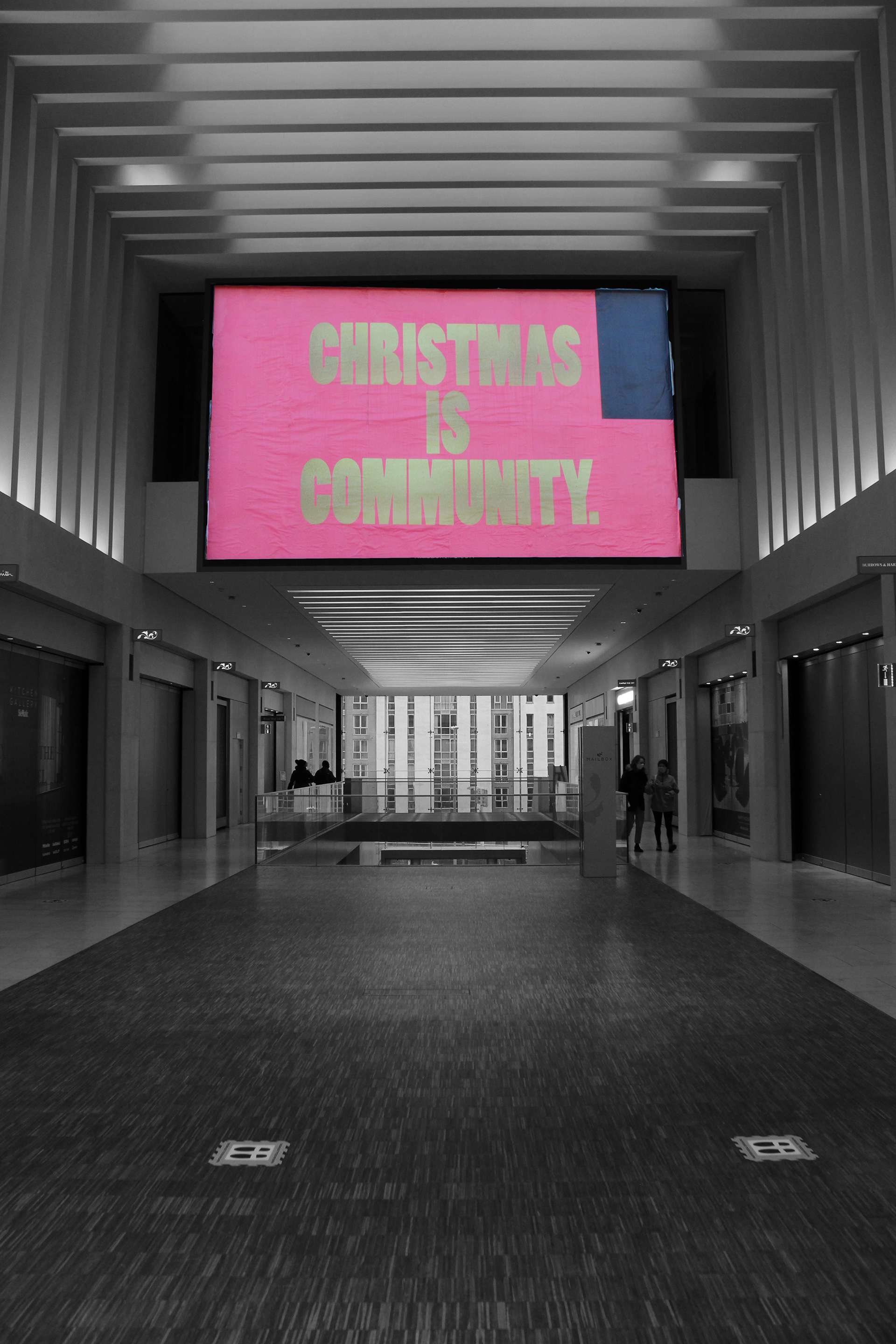






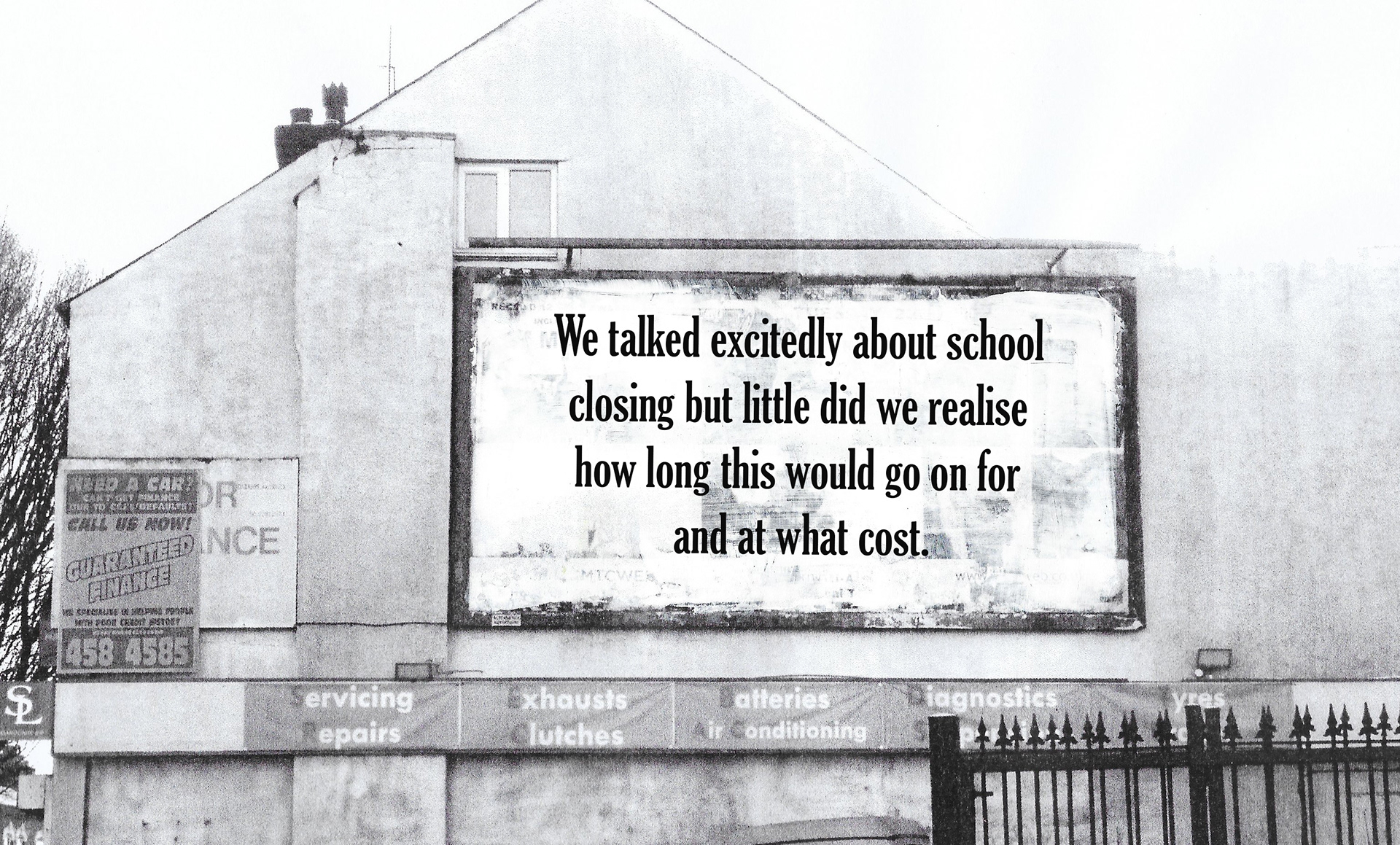
Figure 4. Digital layered photographs
Figure 5. Paper collage using a photocopy and magazine image.
Figure 6. Scanned photocopy with digital image layered underneath.
Figure 7. Digital film featuring perspex and photocopy frame.
Figure 8. Digital film using stills.
Figure 9: Digital text added to scanned collage (white paint and photocopy)
Figure 11 Annotation from workshop
Figure 12. Annotation from workshop
Figure 14: A first attempt at a manifesto
Figure 15: Digital photograph of Grand Central, Birmingham.
Figure 16: Digital photograph of Grand Central, Birmingham.
Figure 17: Digital photograph of space opposite Grand Central entrance, Birmingham.
Figure 18: Digital photograph of space opposite Grand Central entrance, Birmingham.
Figure 19: Digital sky film compilation; 0:00 stationary film, 1:48 car journey film, 3:50 car journey film.
Figure 20: digital film collage compilations.
Figure 21: Zine 1 using collage, watercolours, graphite and ink.
Figure 22: Back view of Zine 1
Figure 23: Video of Zine 2, inside and outside view. Collage, Promarkers and hand stamps.
Figure 24: Zine research
Figure 25: Sky photographs projected on canvas.
Figure 26: Digital film of projection through tracing paper frame.
Figure 27: Digital film of tablet mounted under a chair.
Figure 28: Screenshot form live event; A TV to see the Sky
Figure 29: Digital sky film on bicycle.
Figure 30: B30 Foodbank website
Figure 31: Taken from Body Techniques by Carey Young, 2007
Figure 32. Donorcard, Carey Young, 2005
Figure 33. John Hinde, Butlin's postcard circa 1970.
Figure 34: Photograph of heavy weight 'postcard'

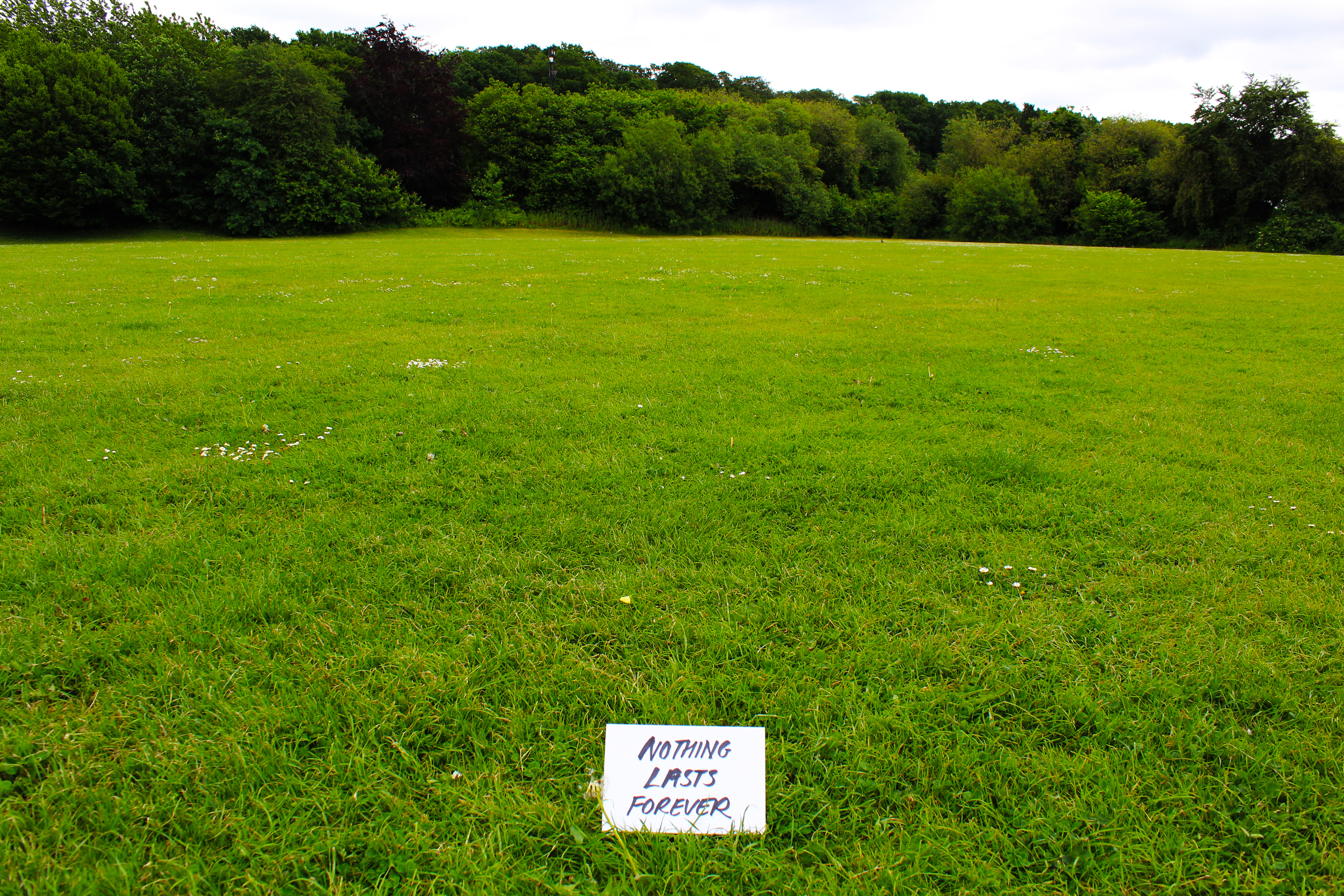
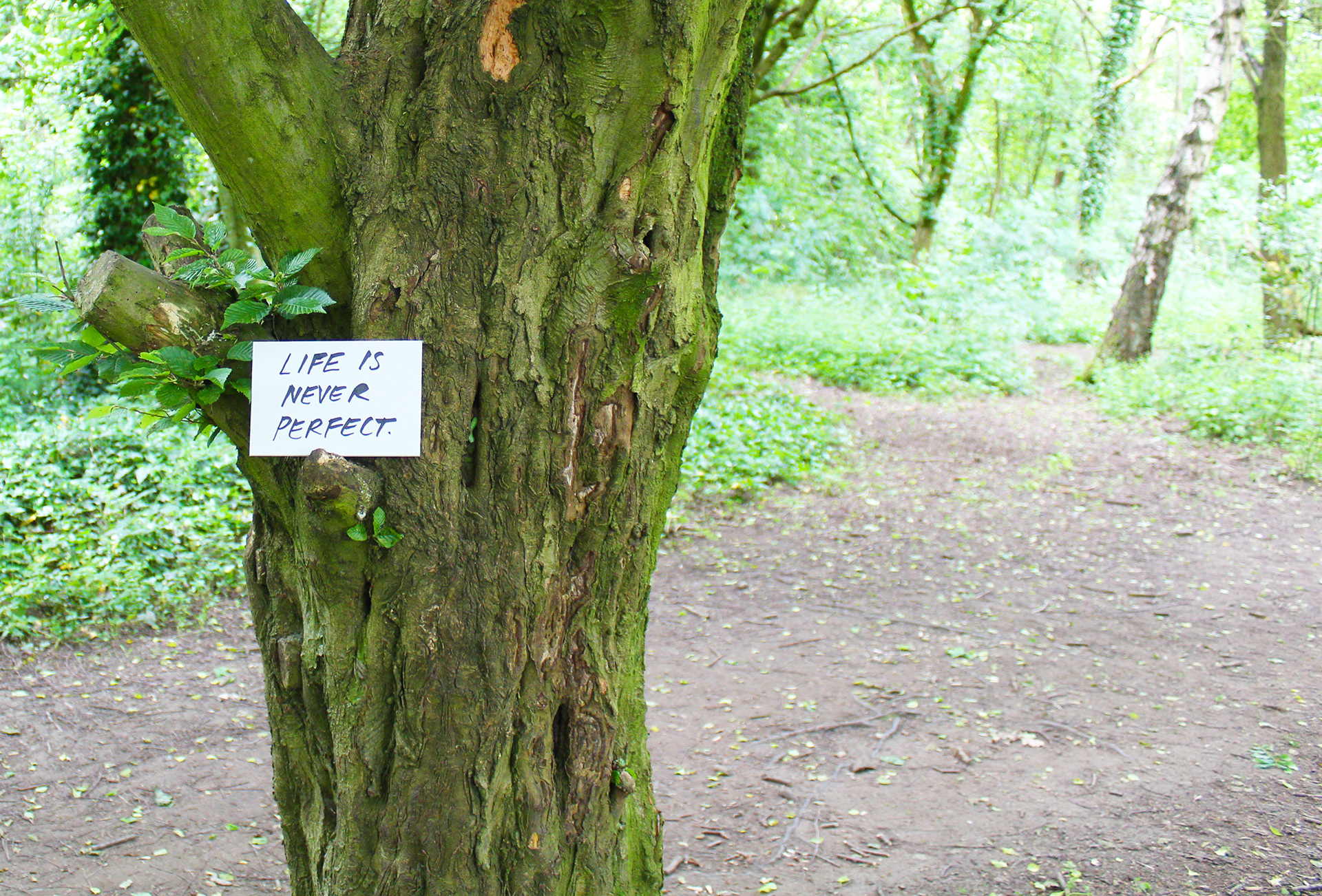
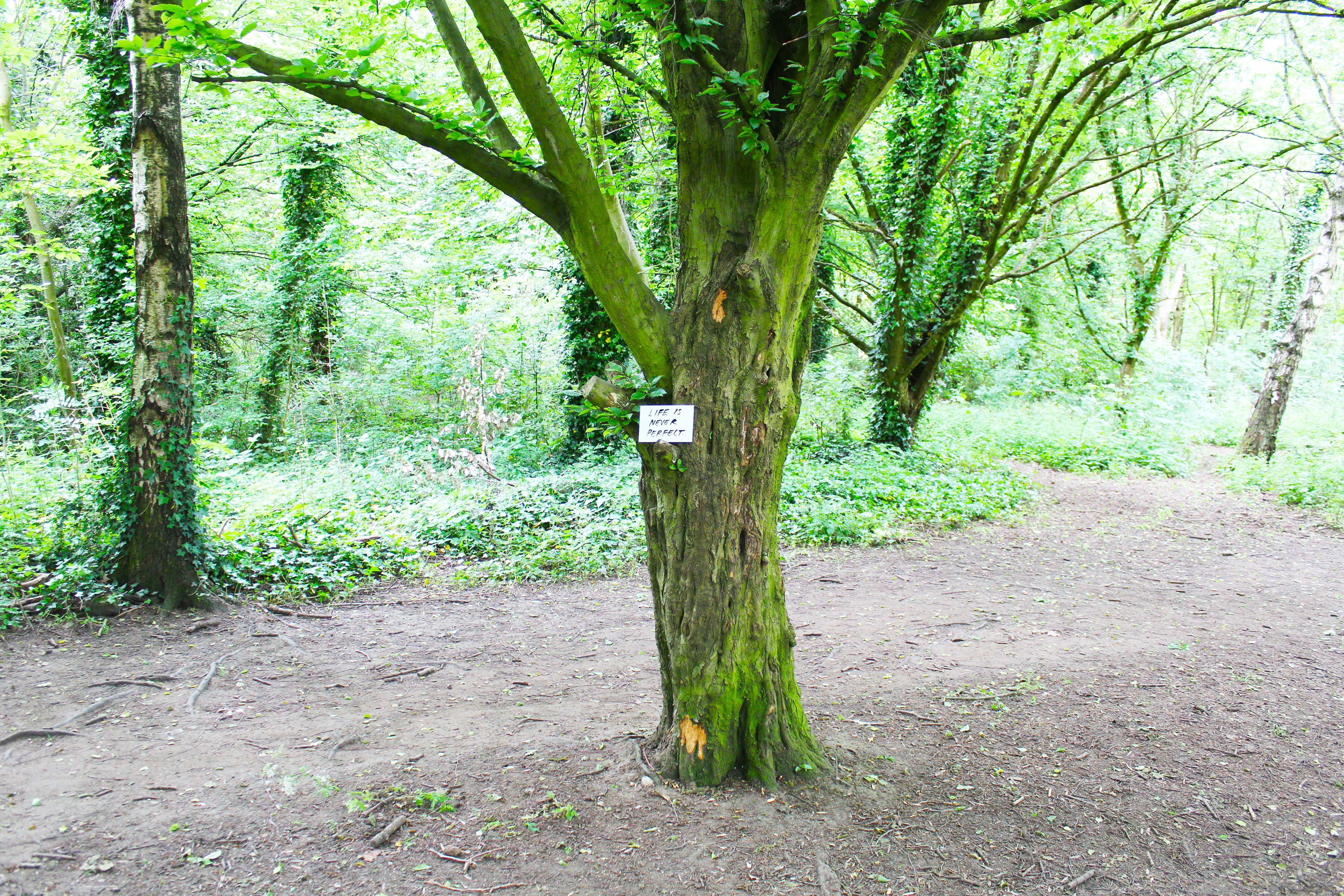
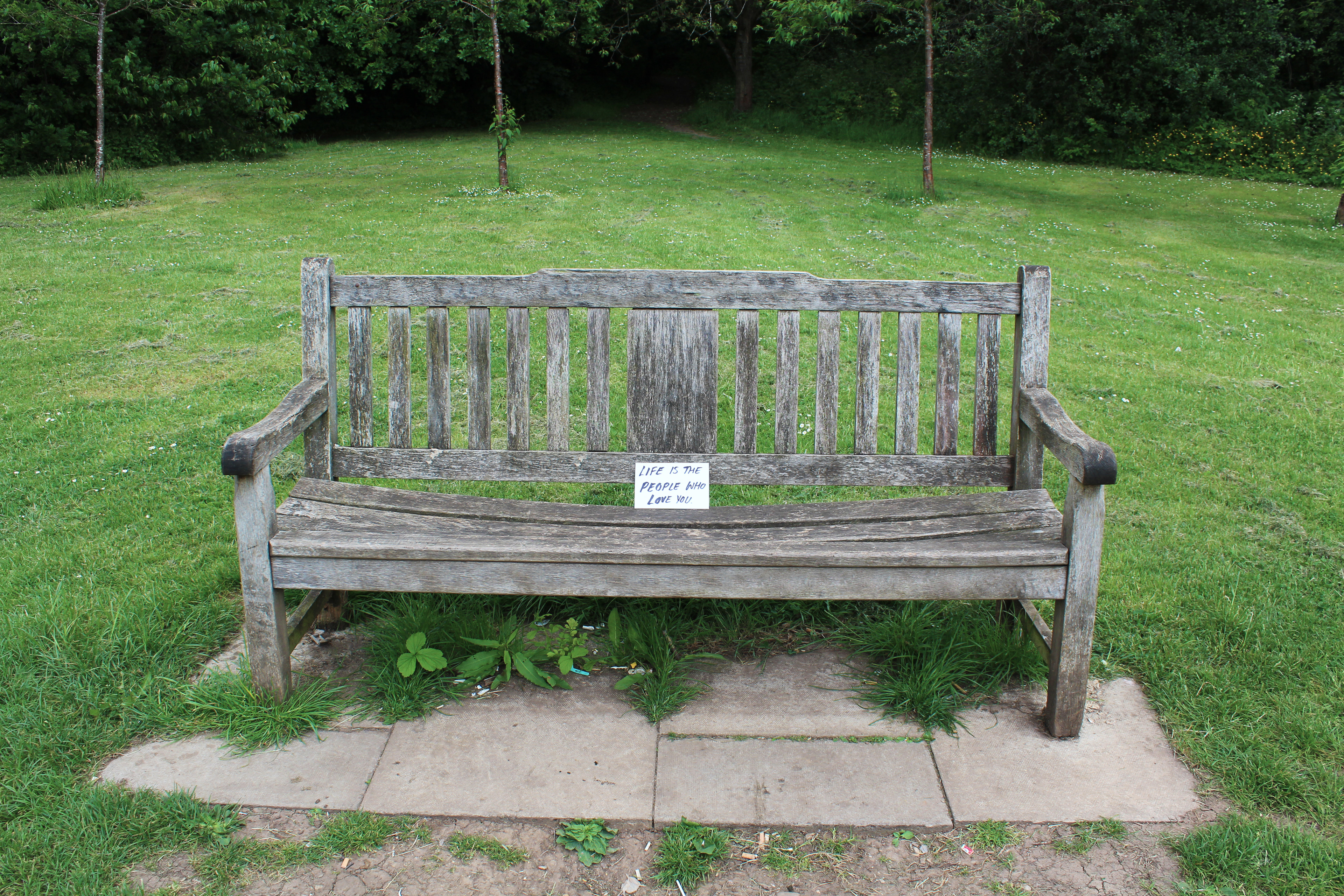
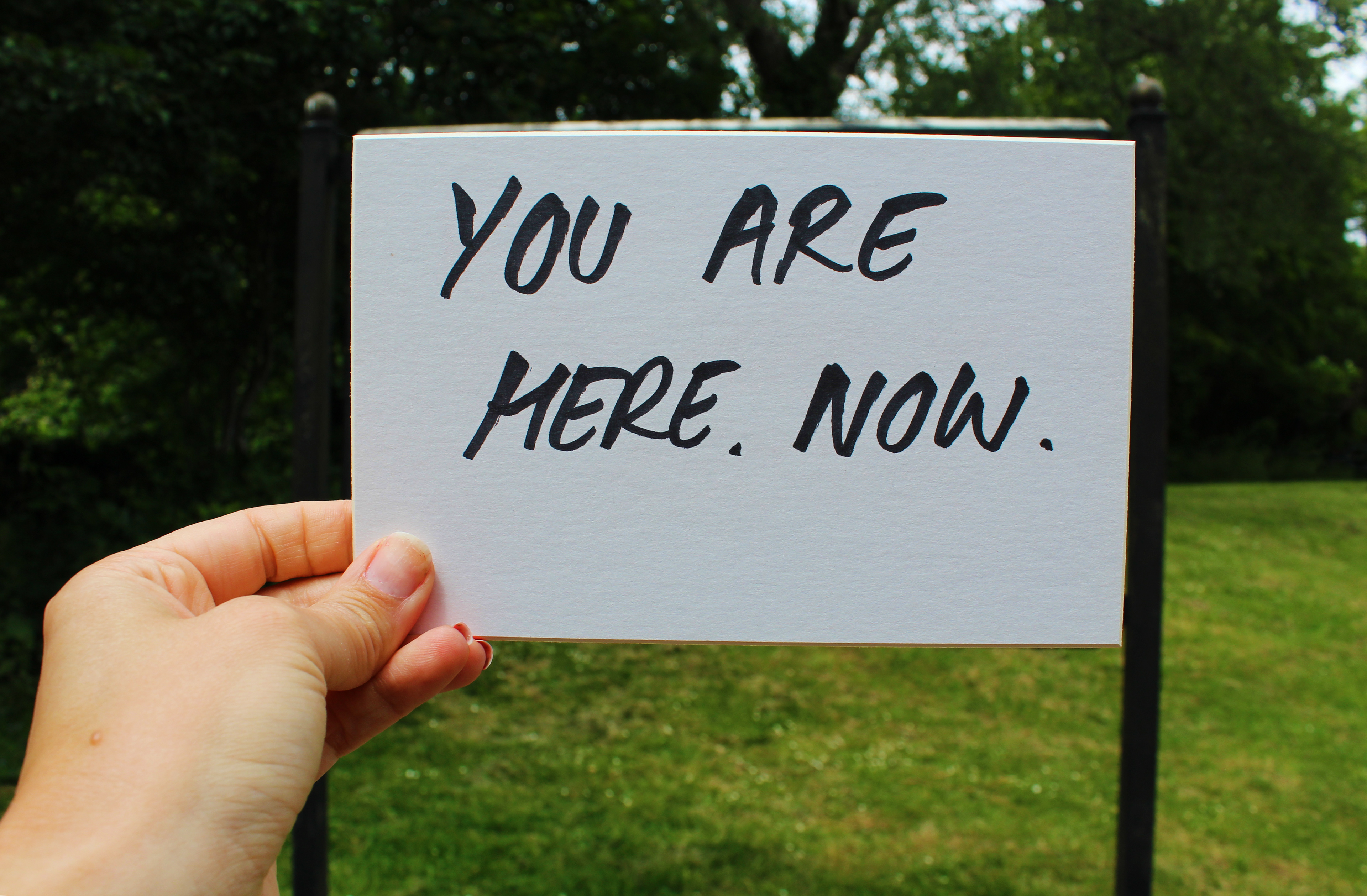
Figure 35. Further experimentation of digital images of postcards.

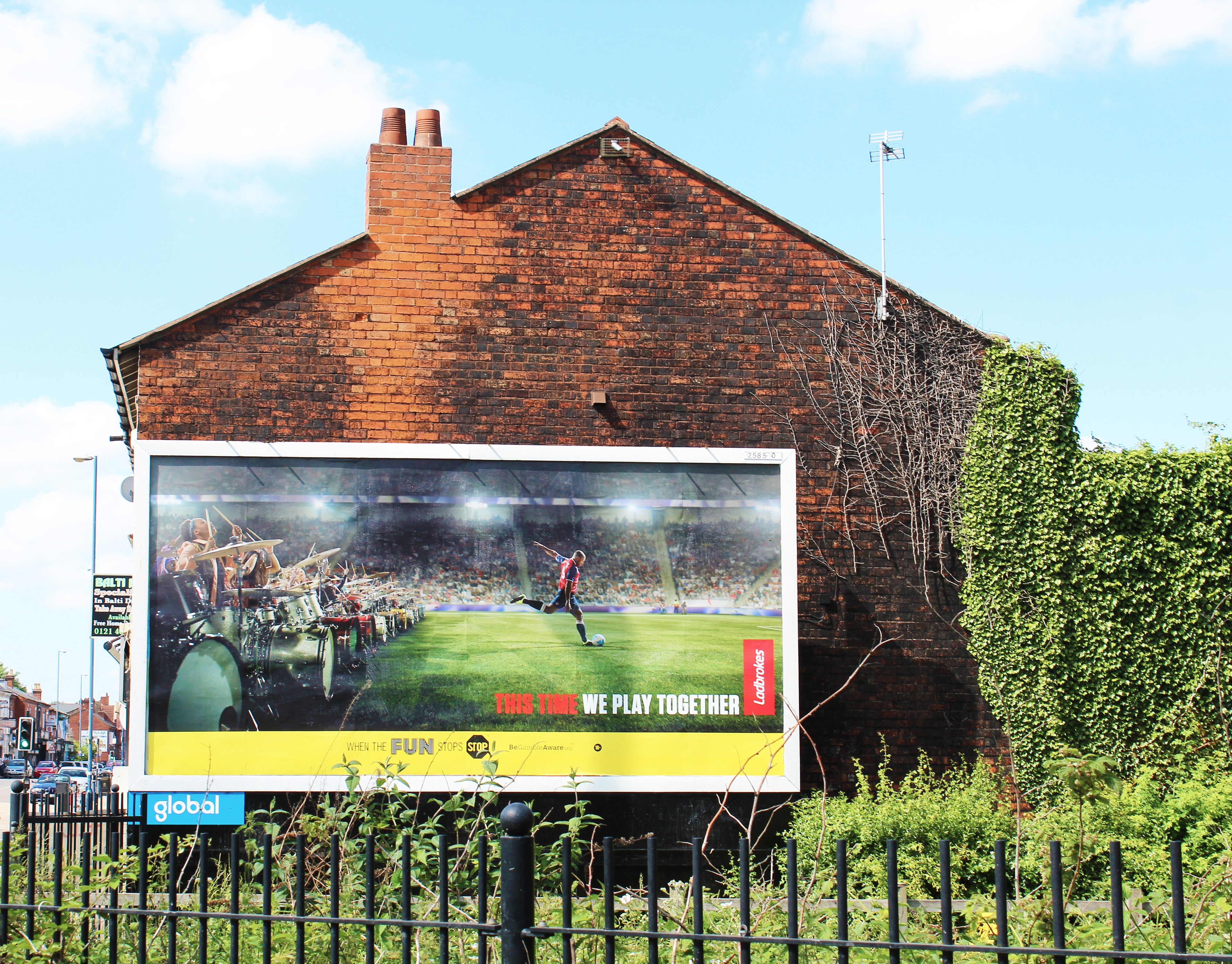
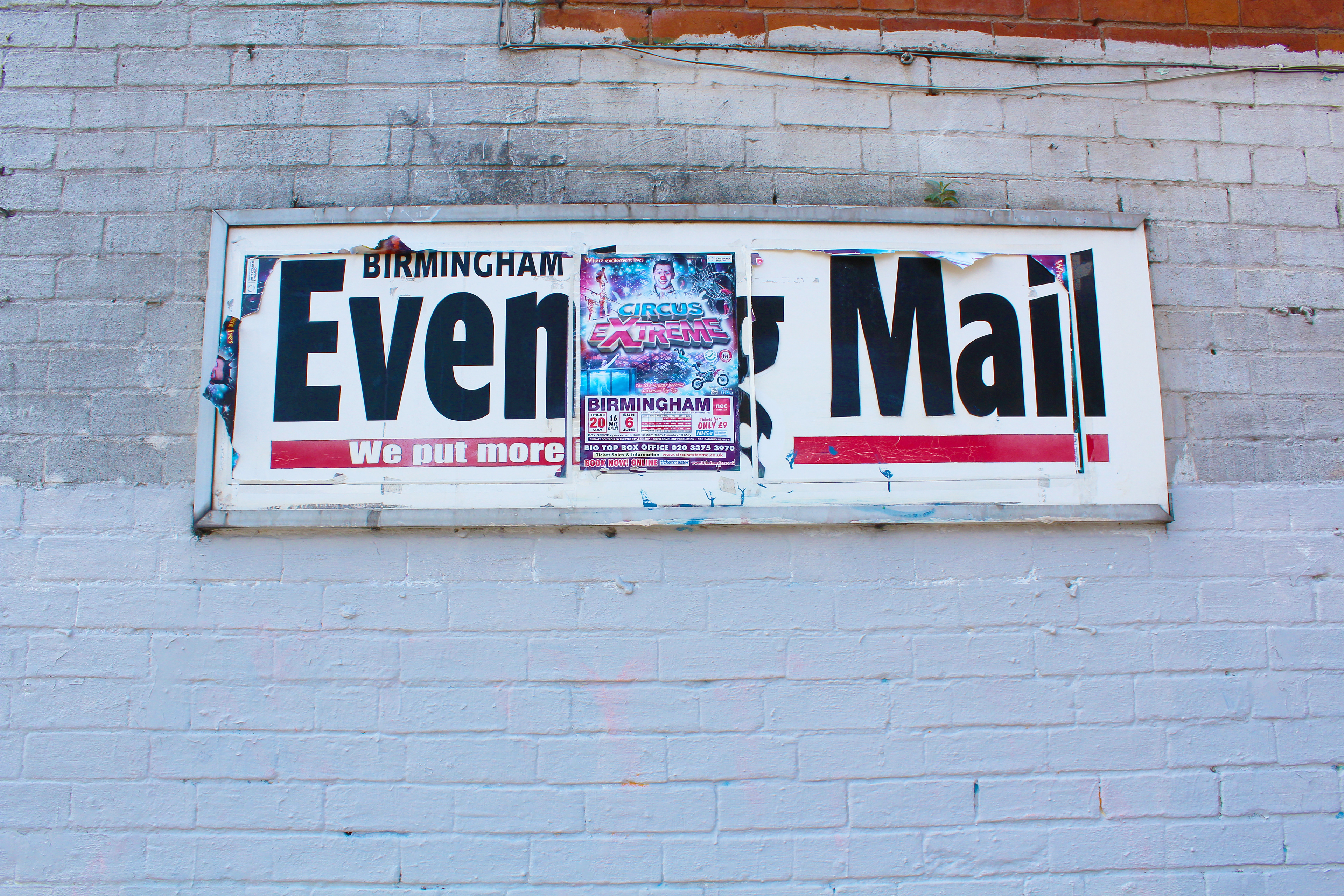
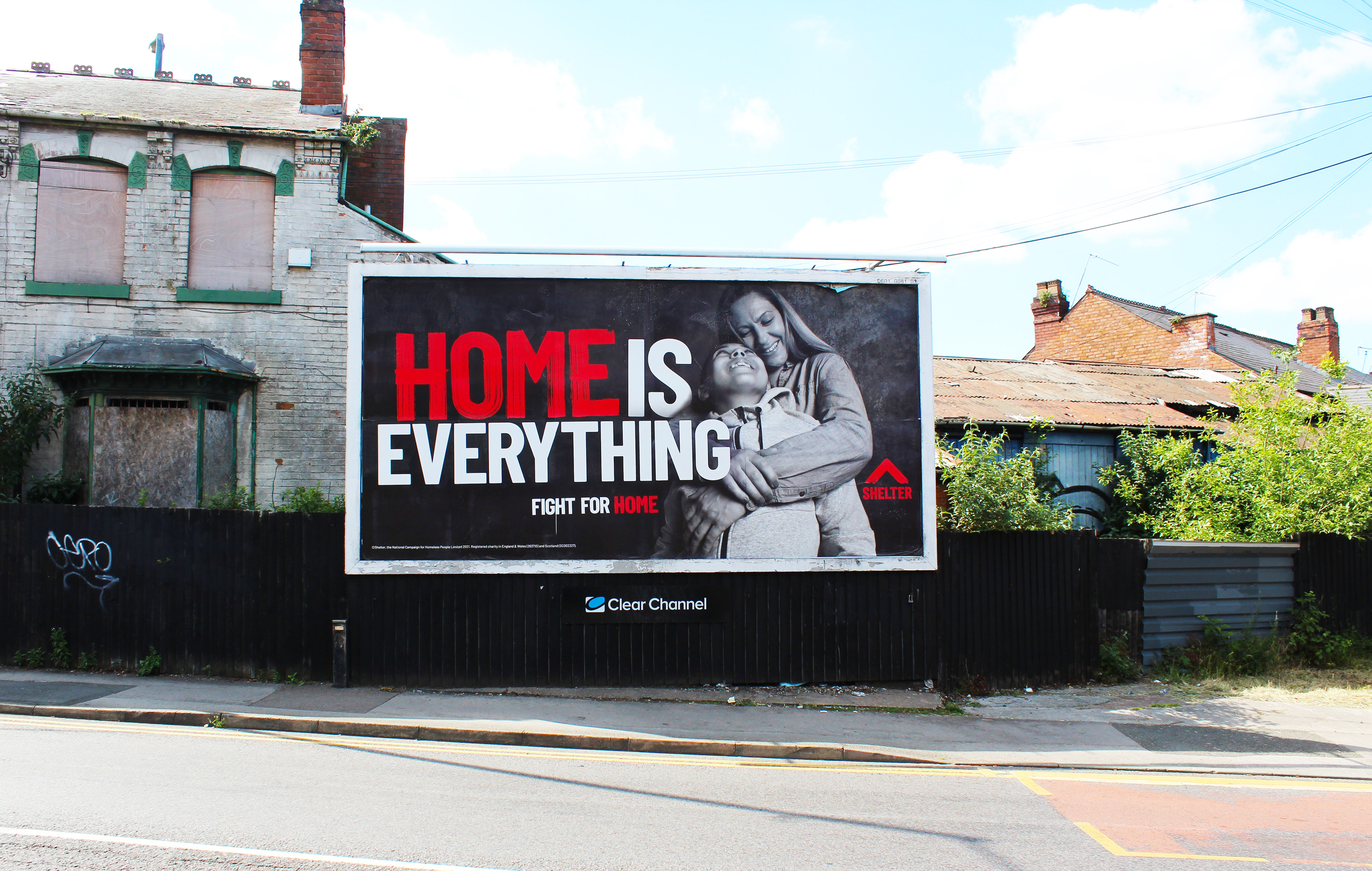




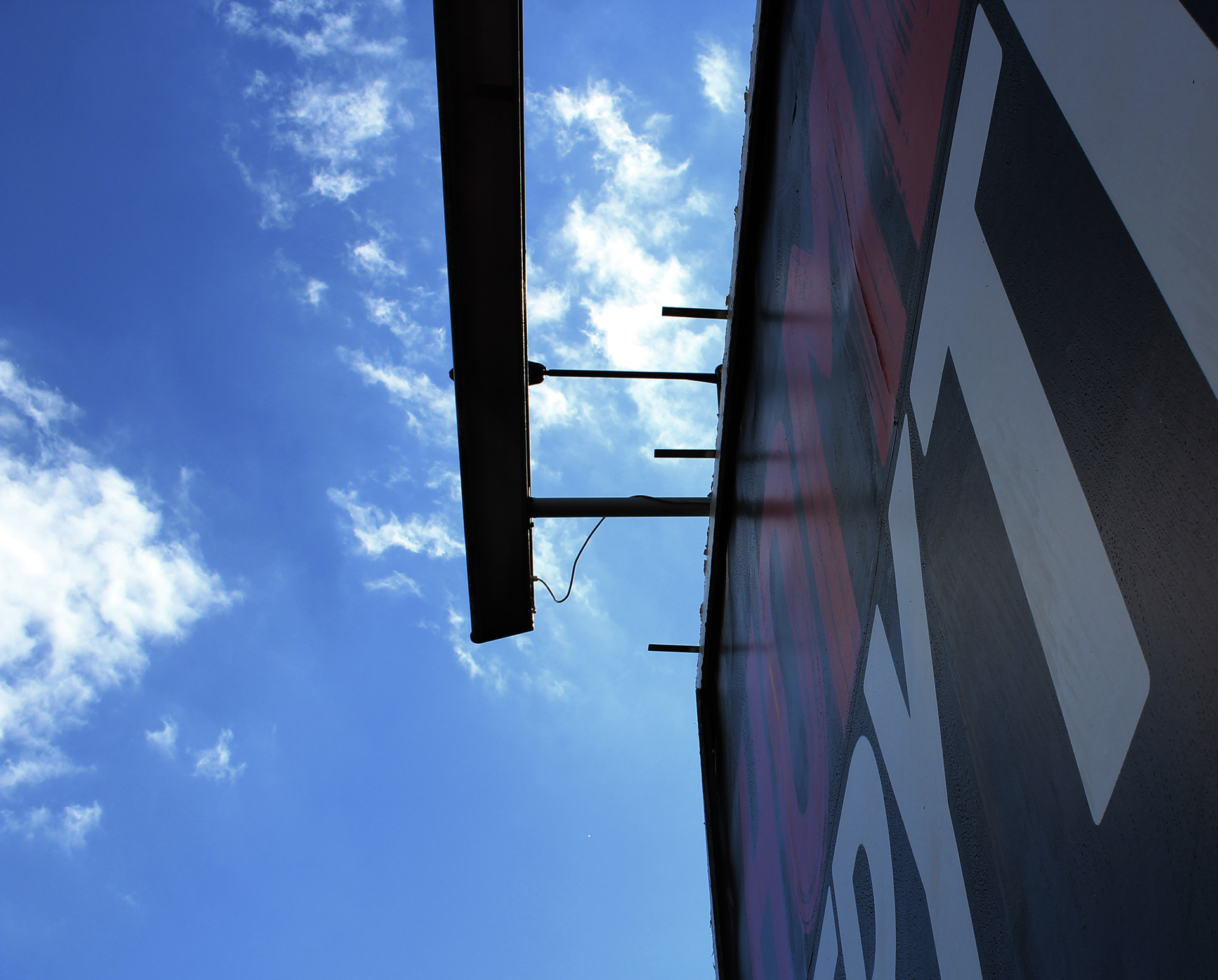
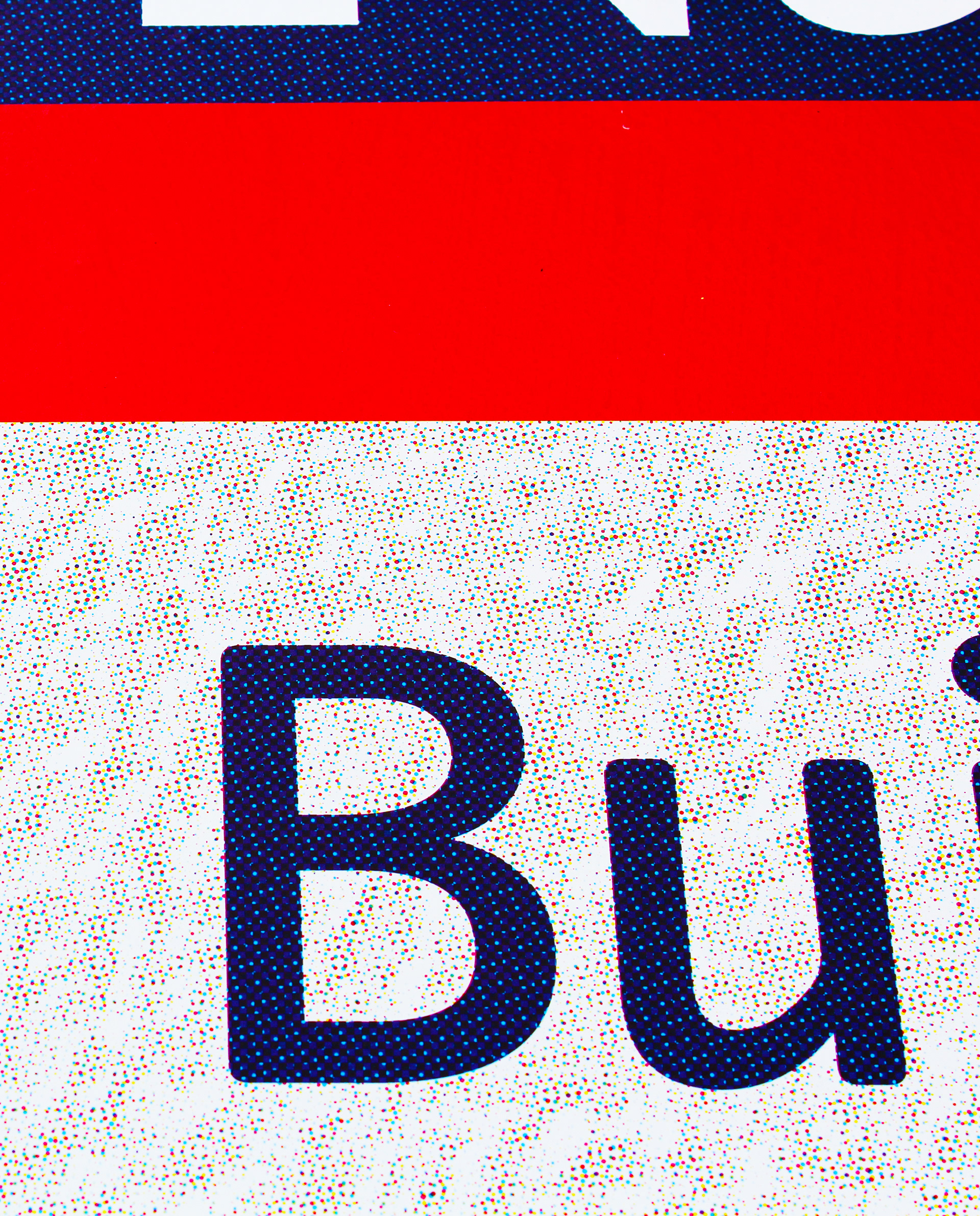


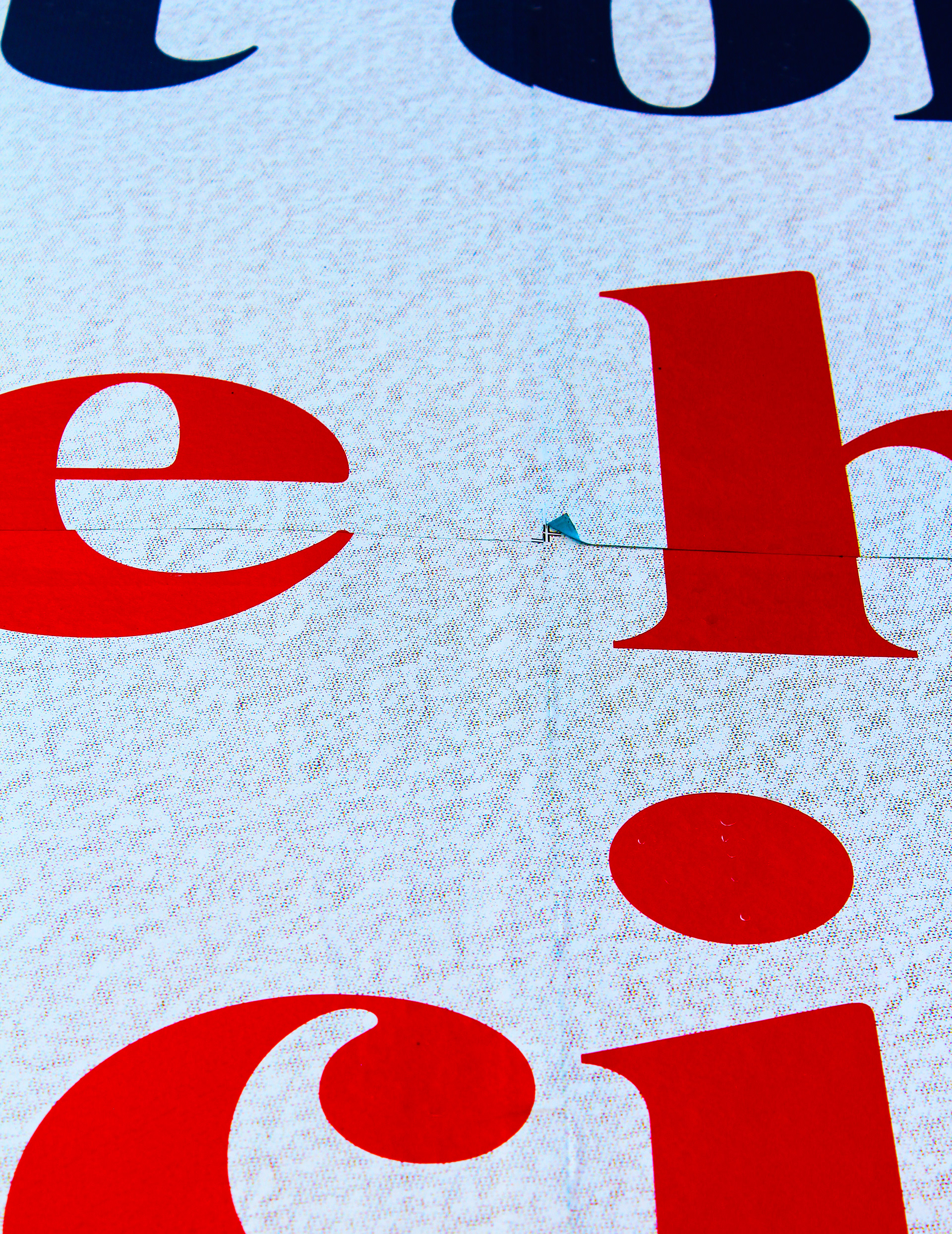
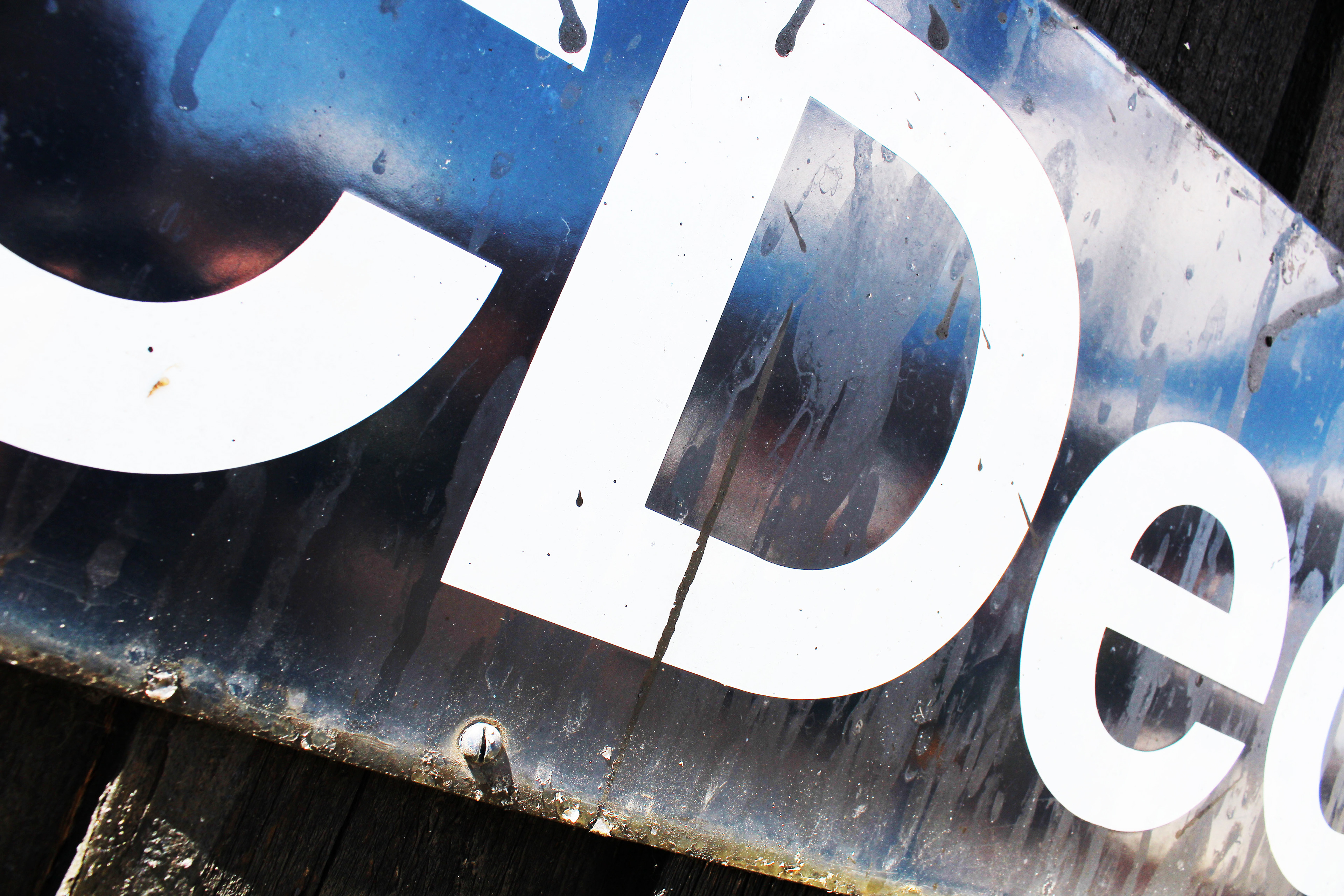

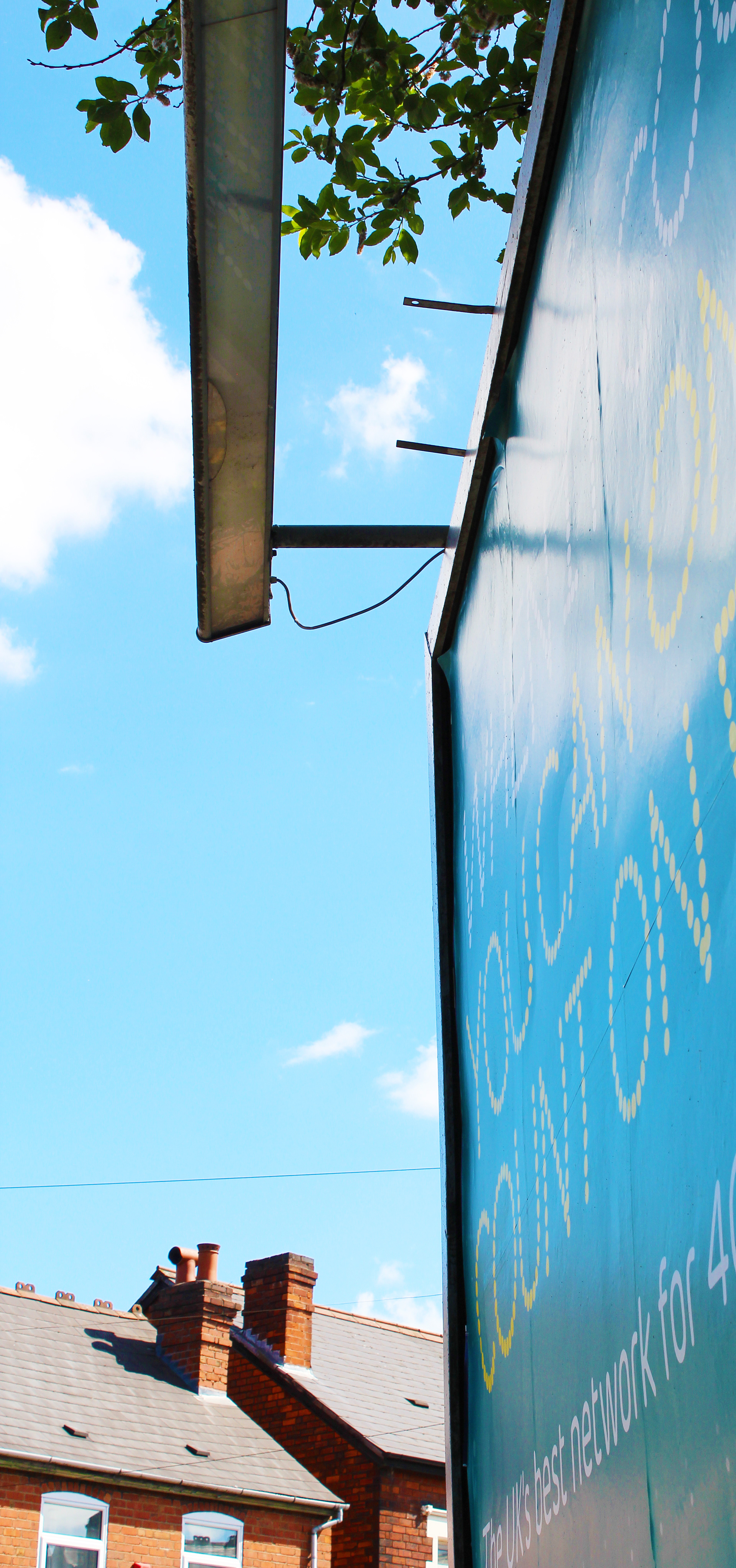

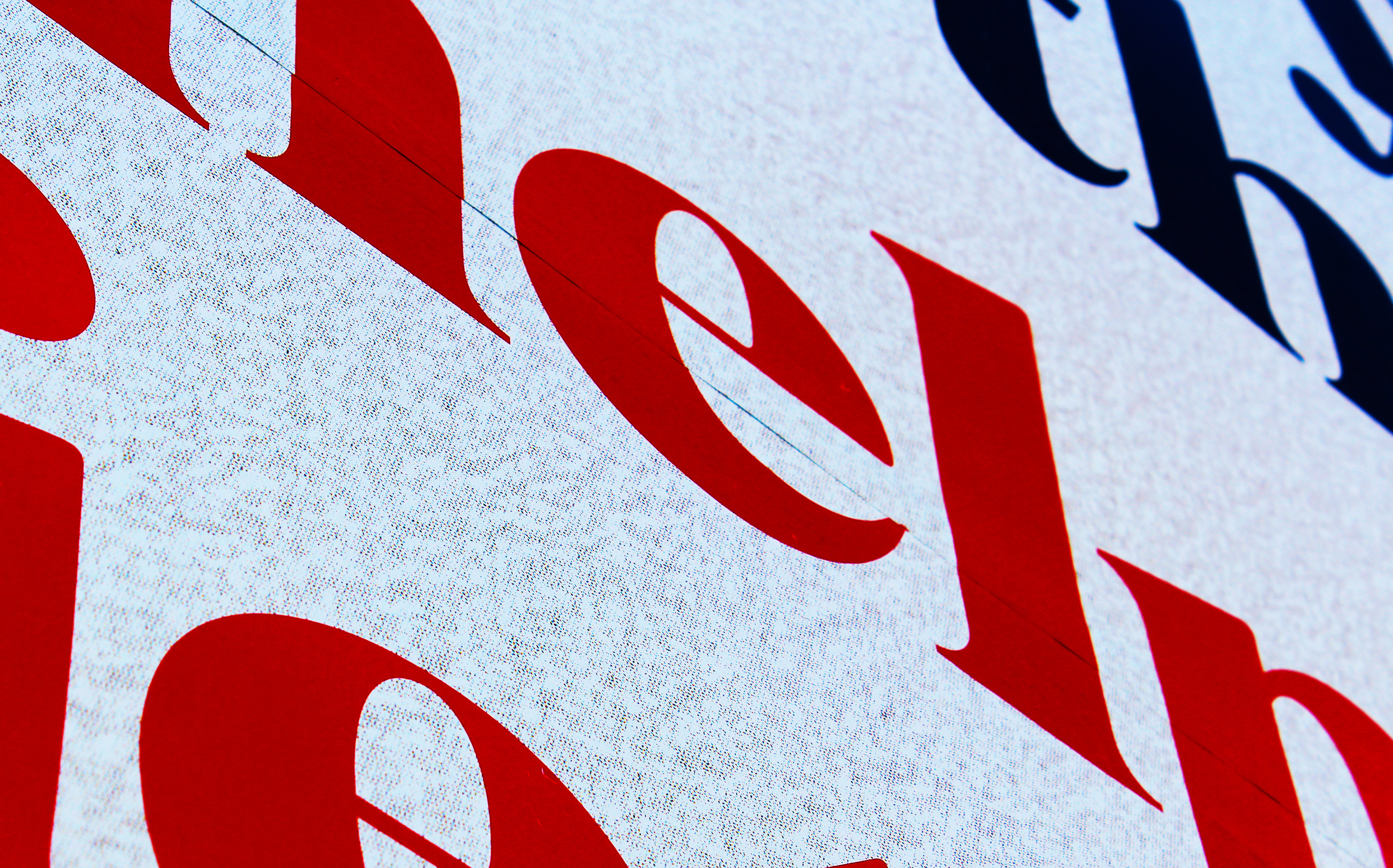
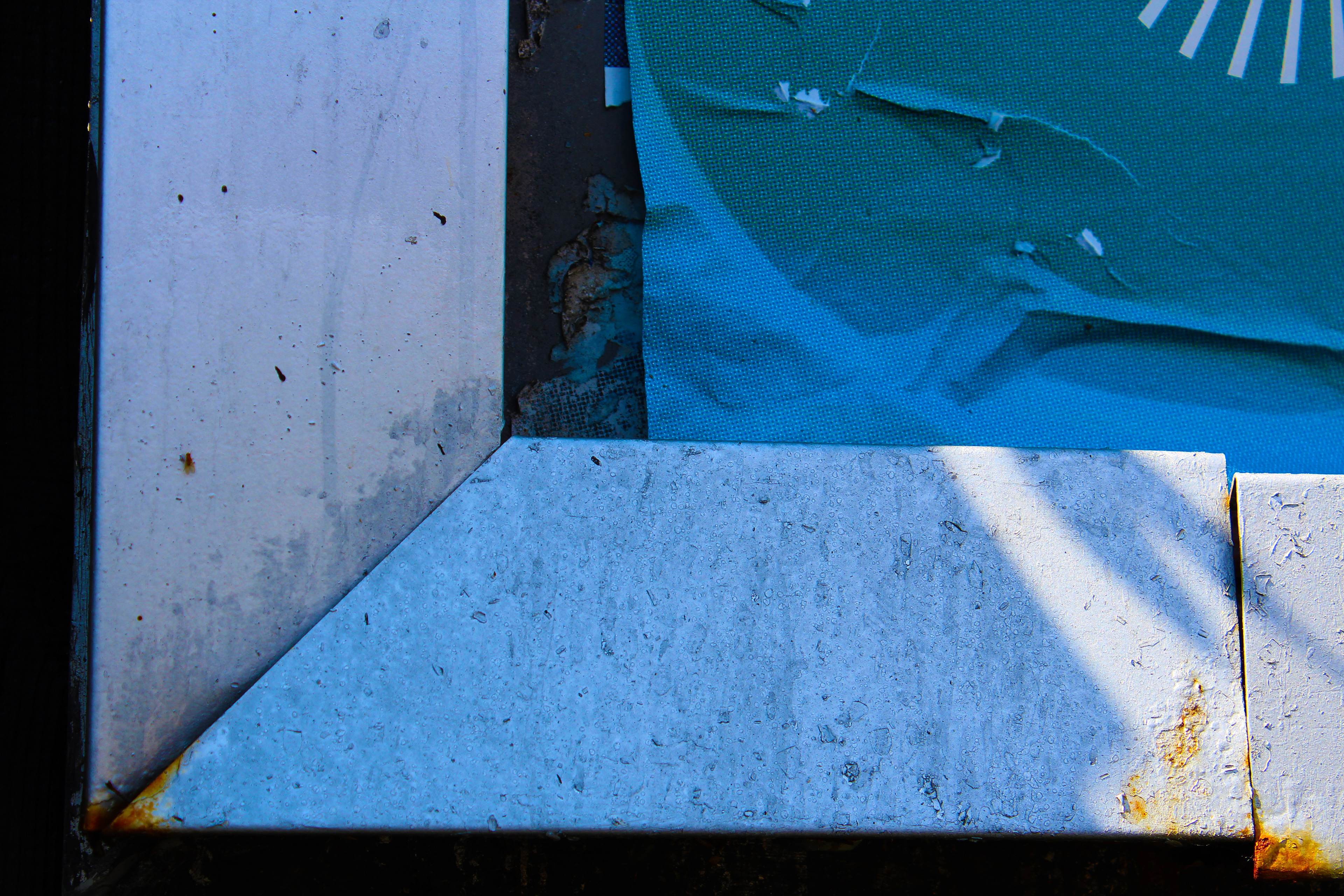
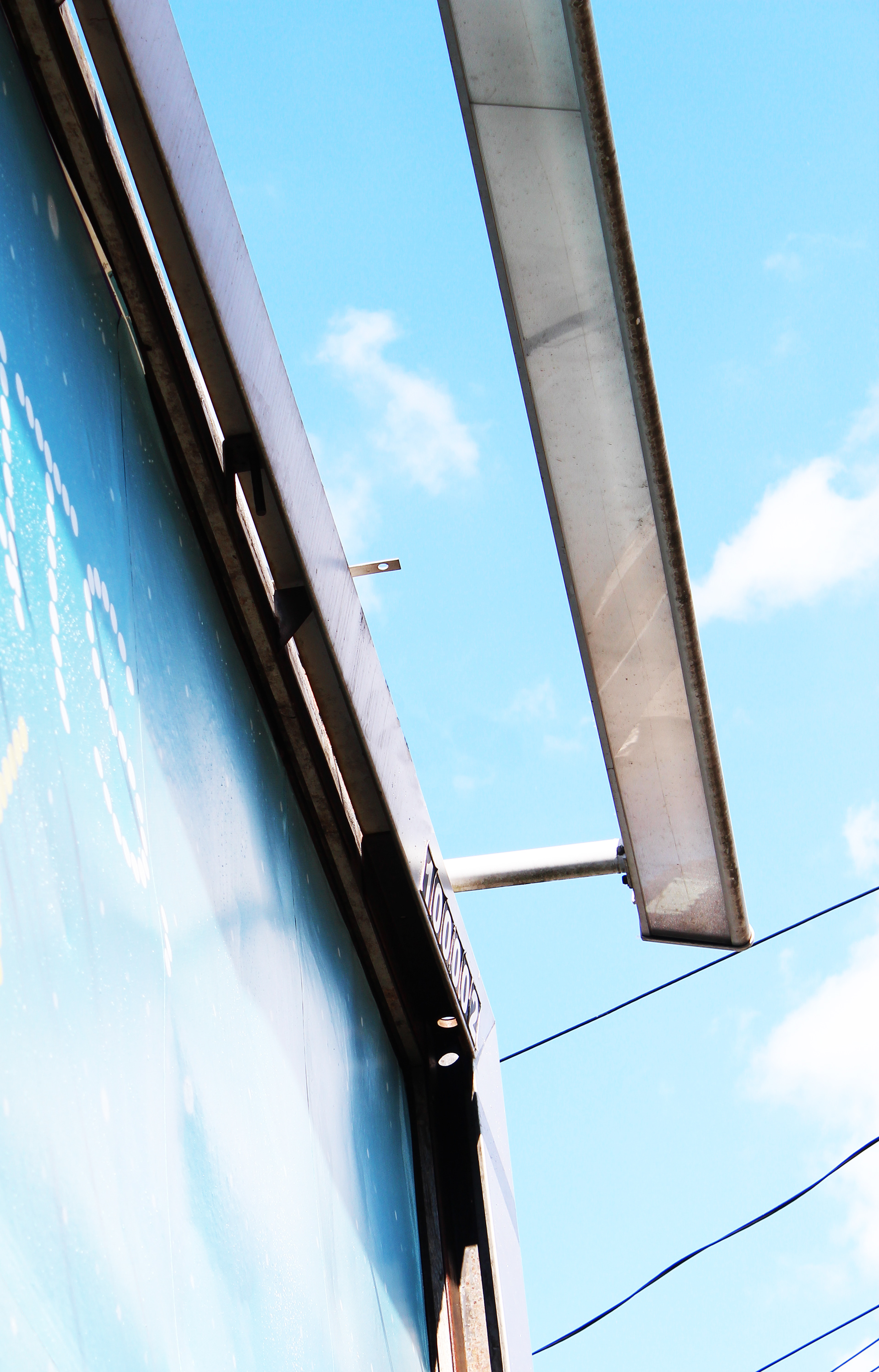


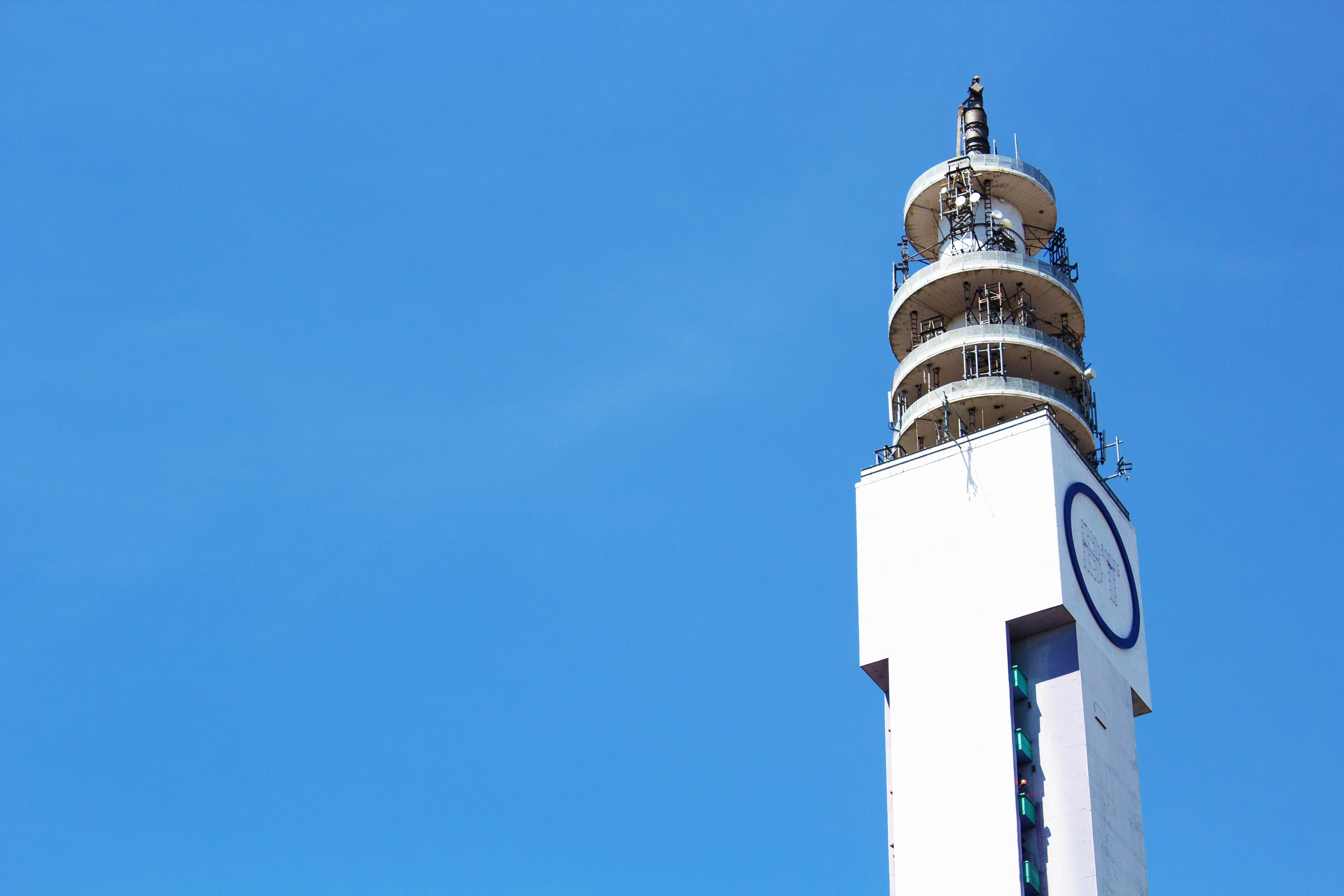
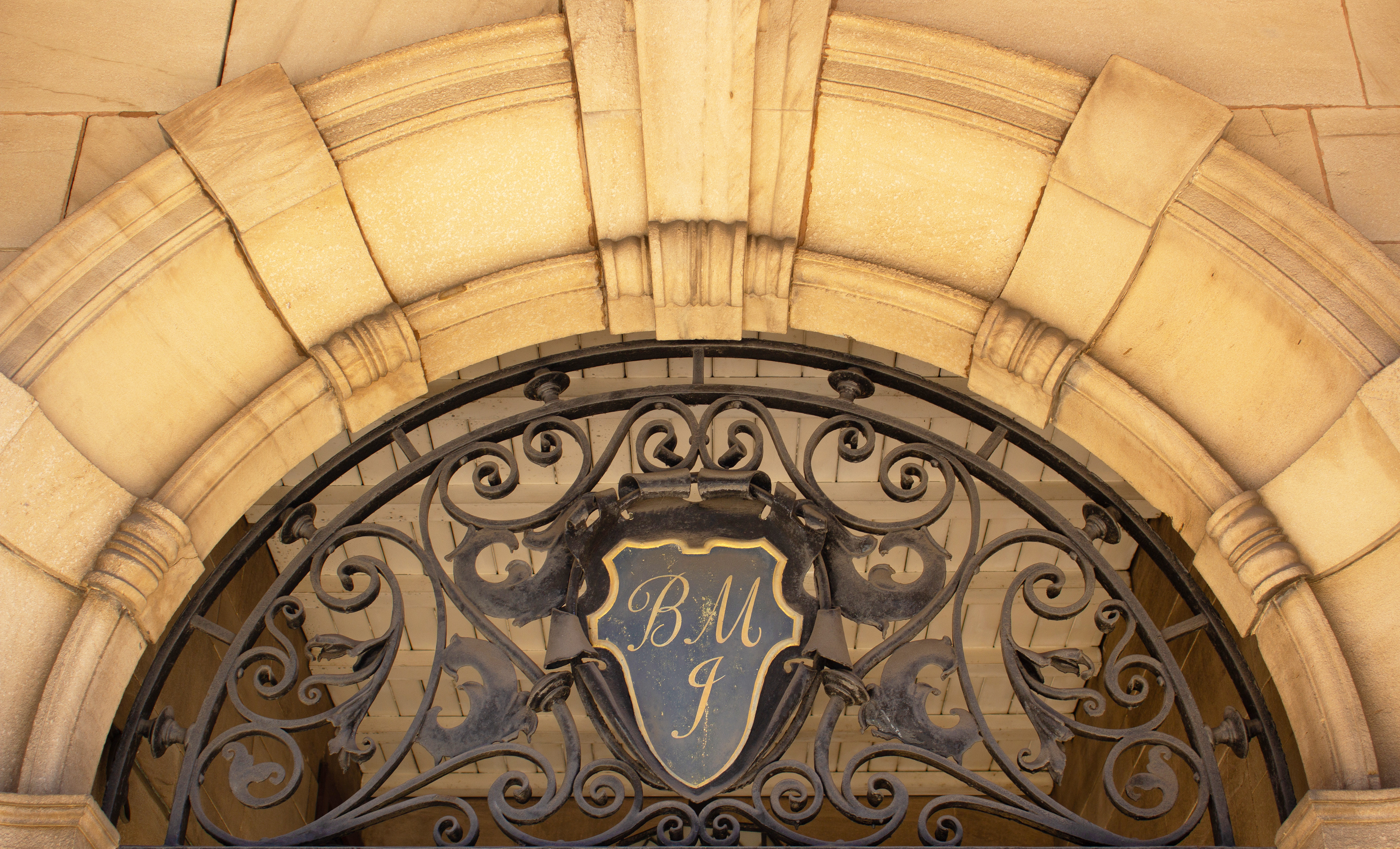
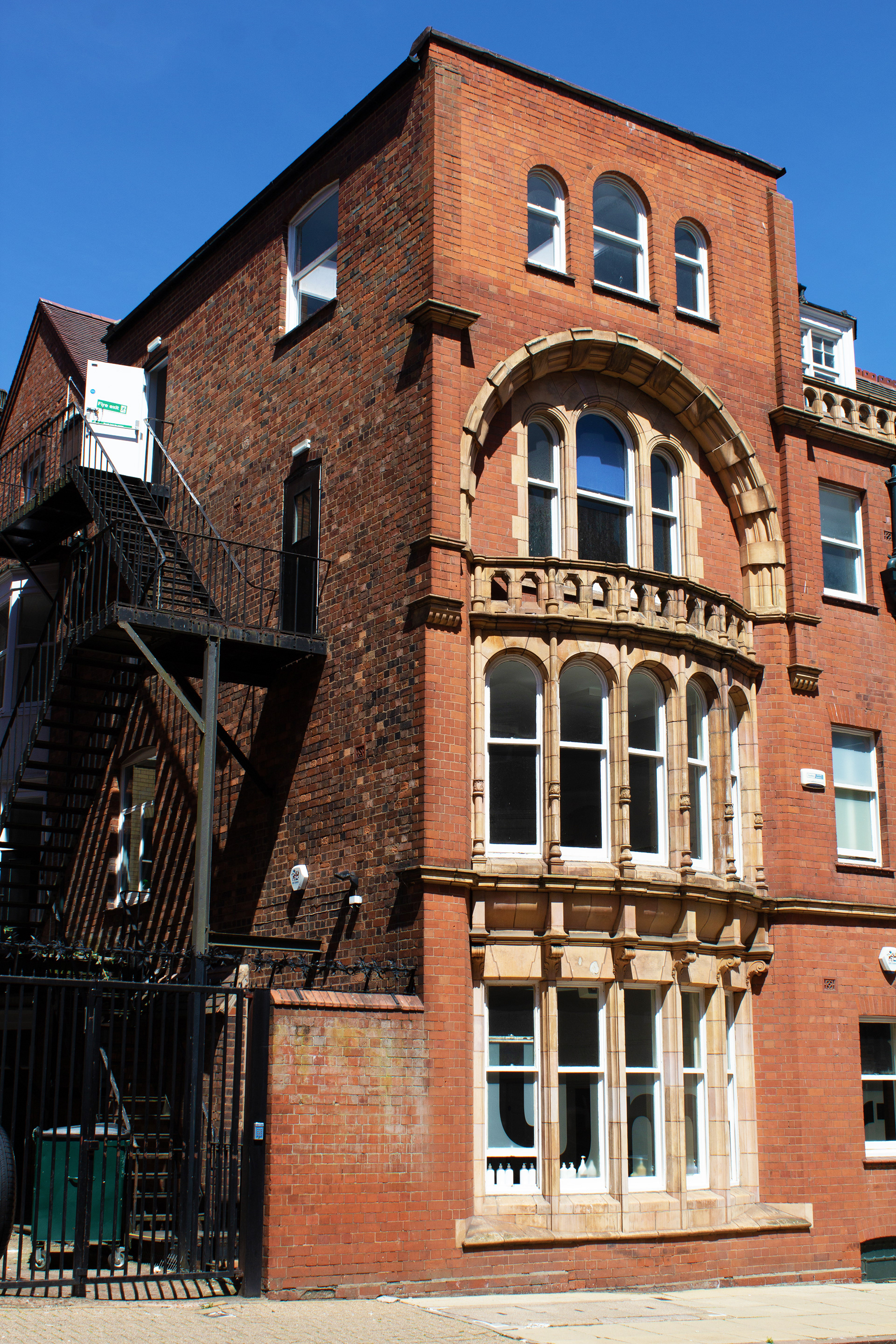
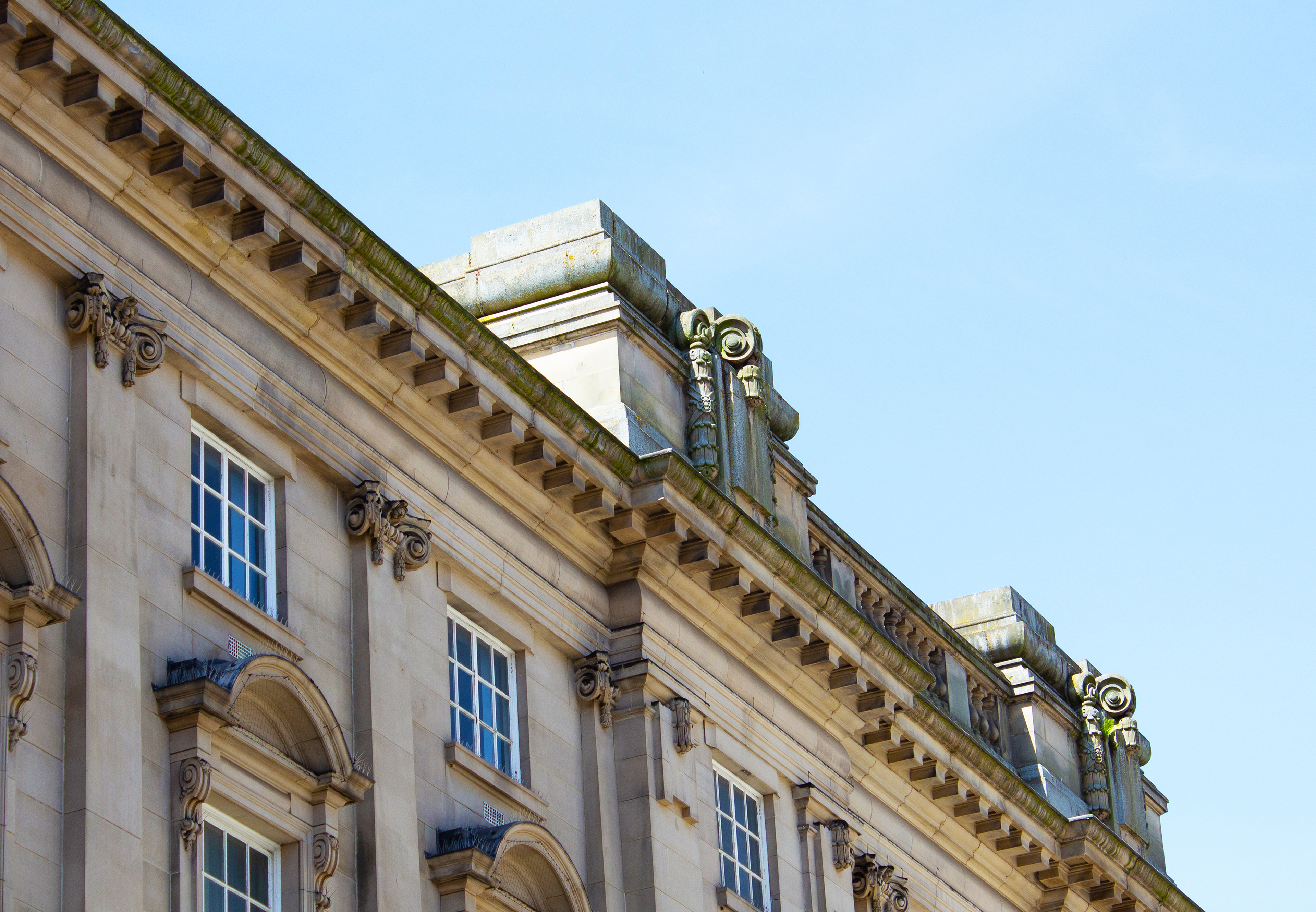
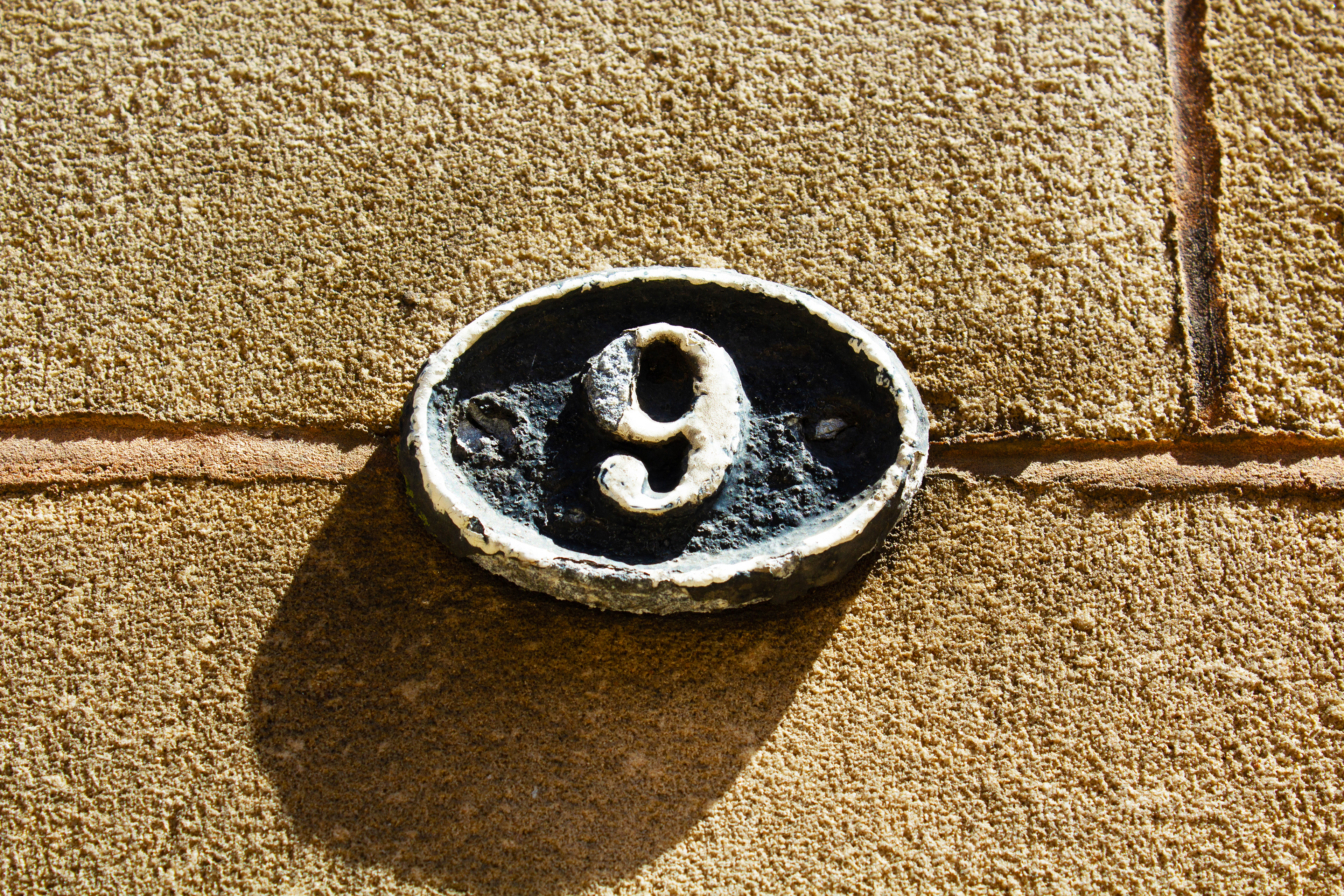





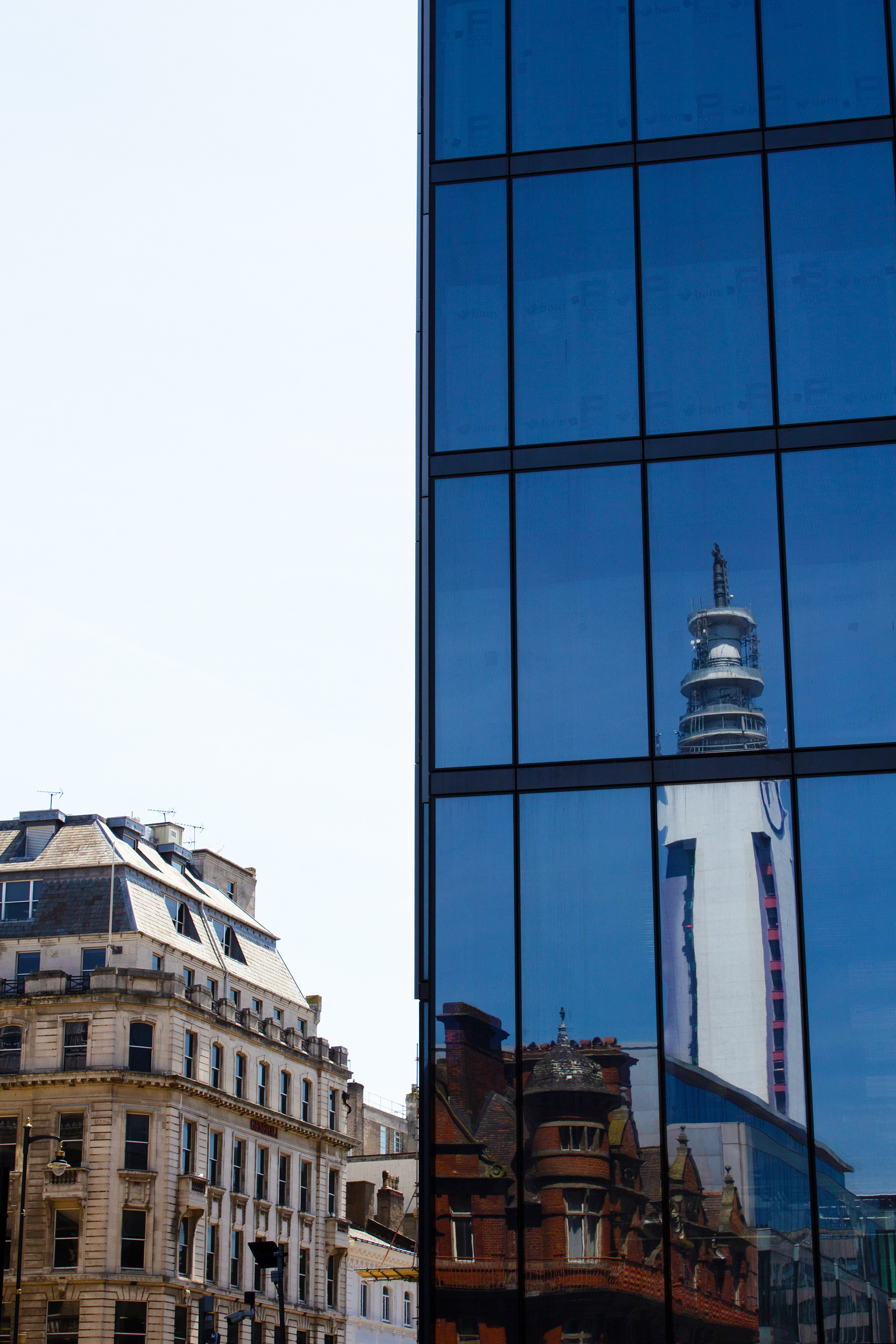

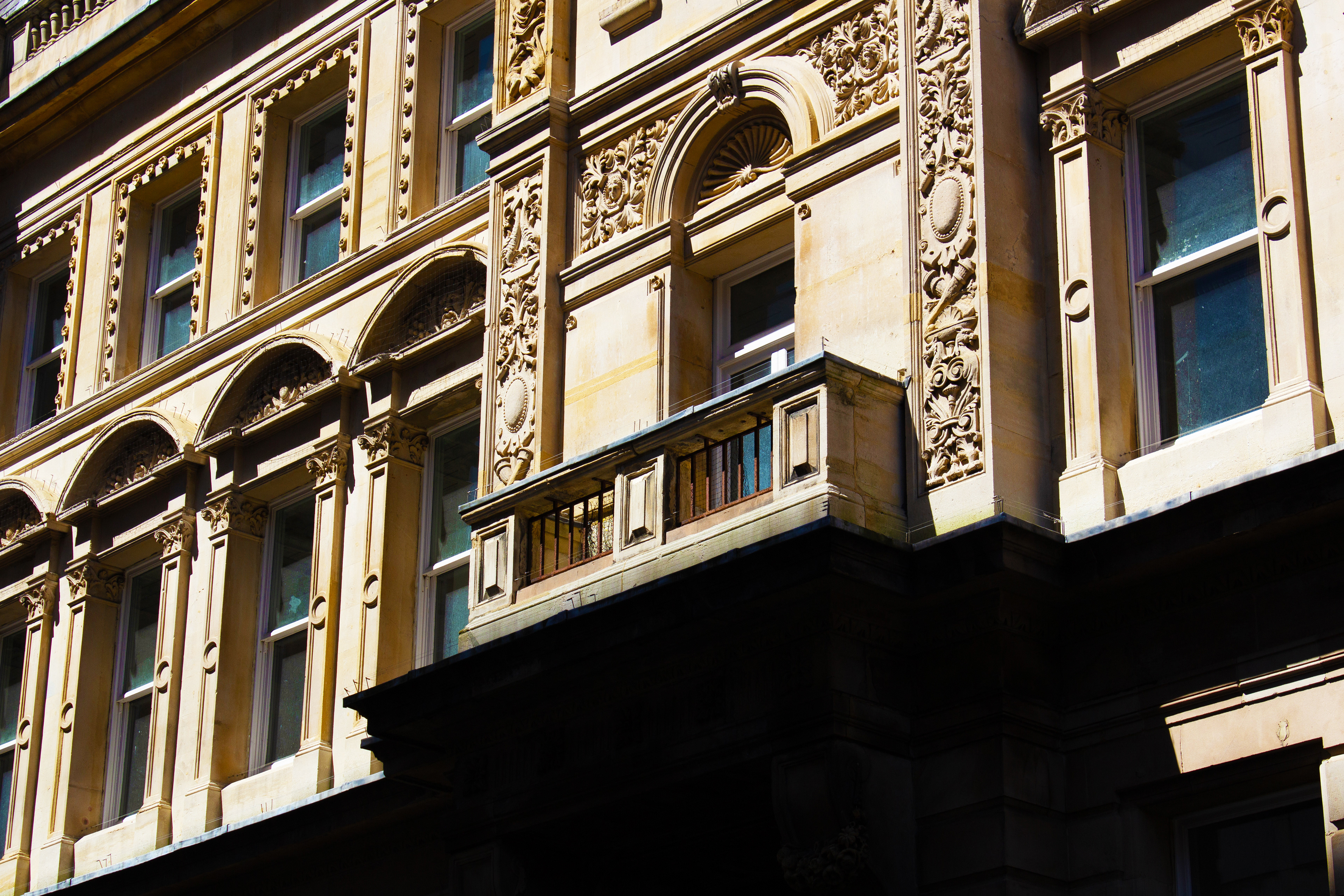
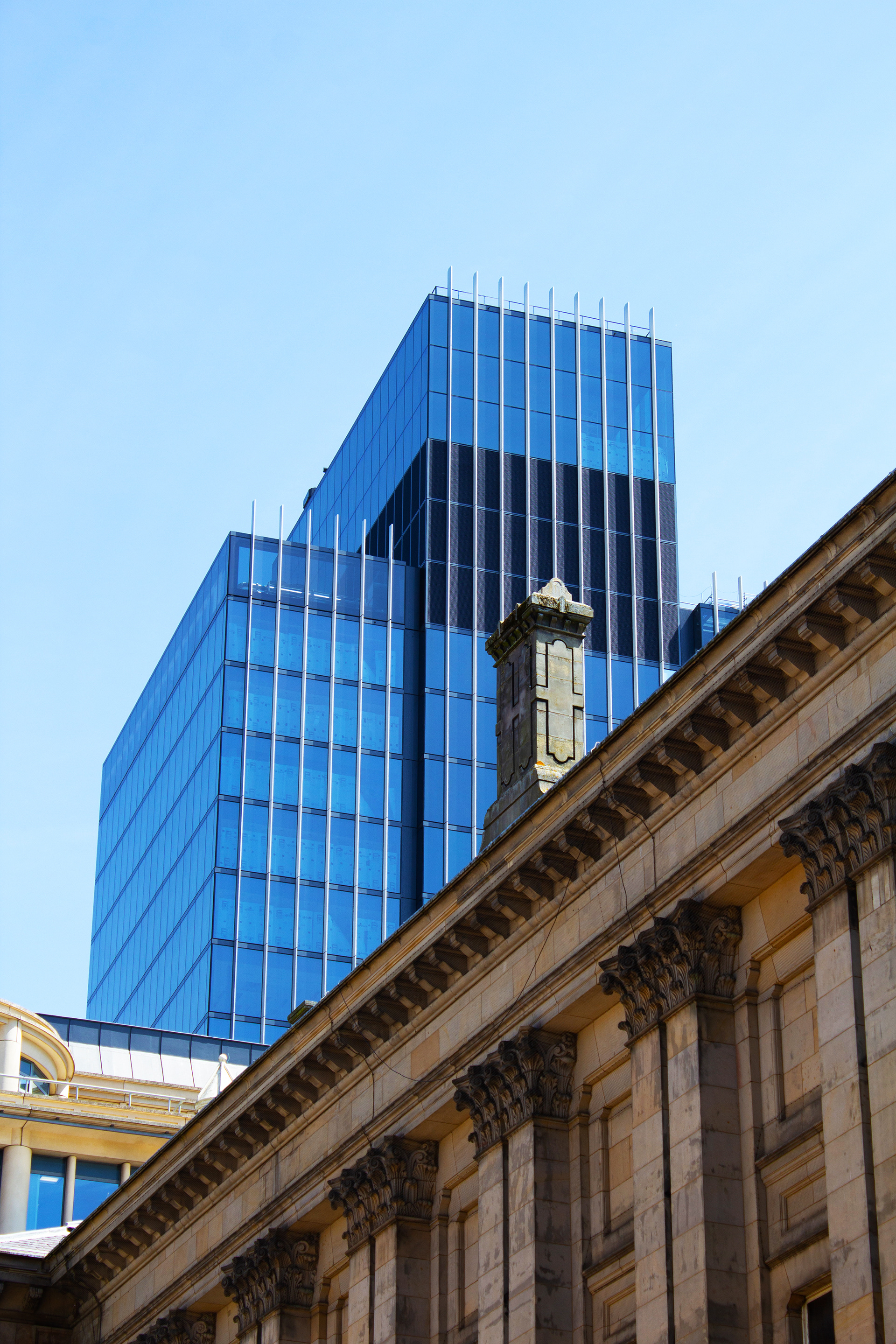
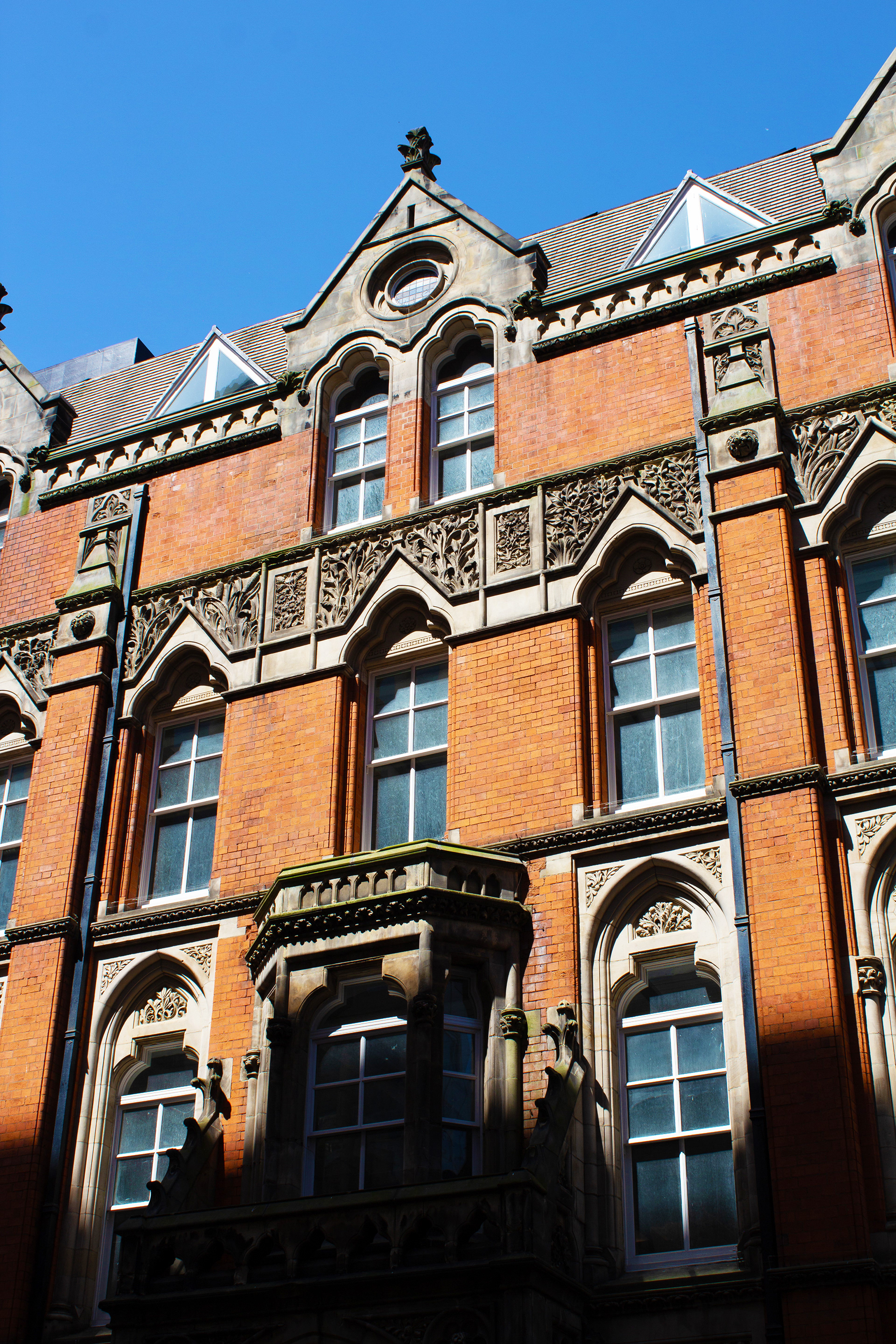
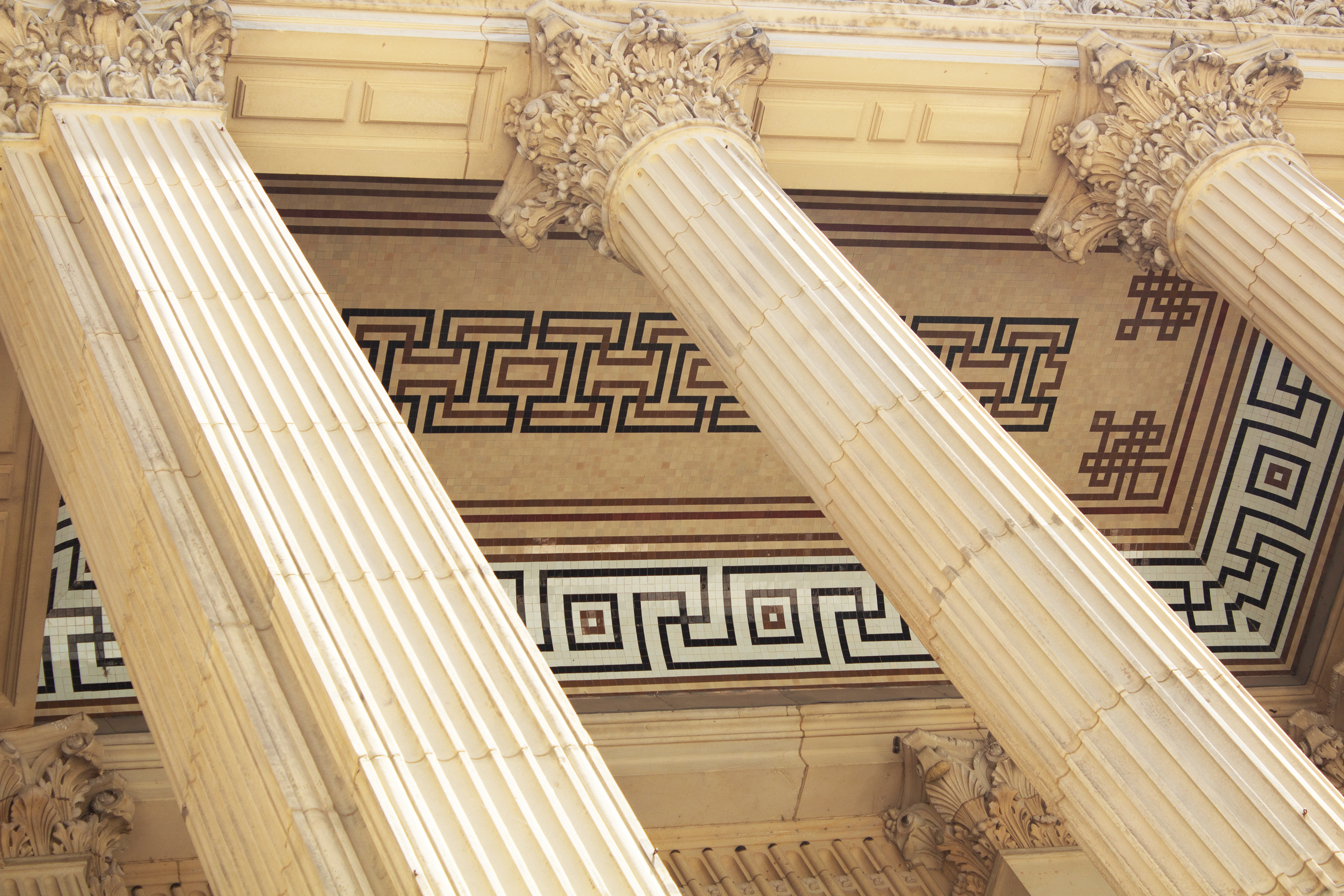
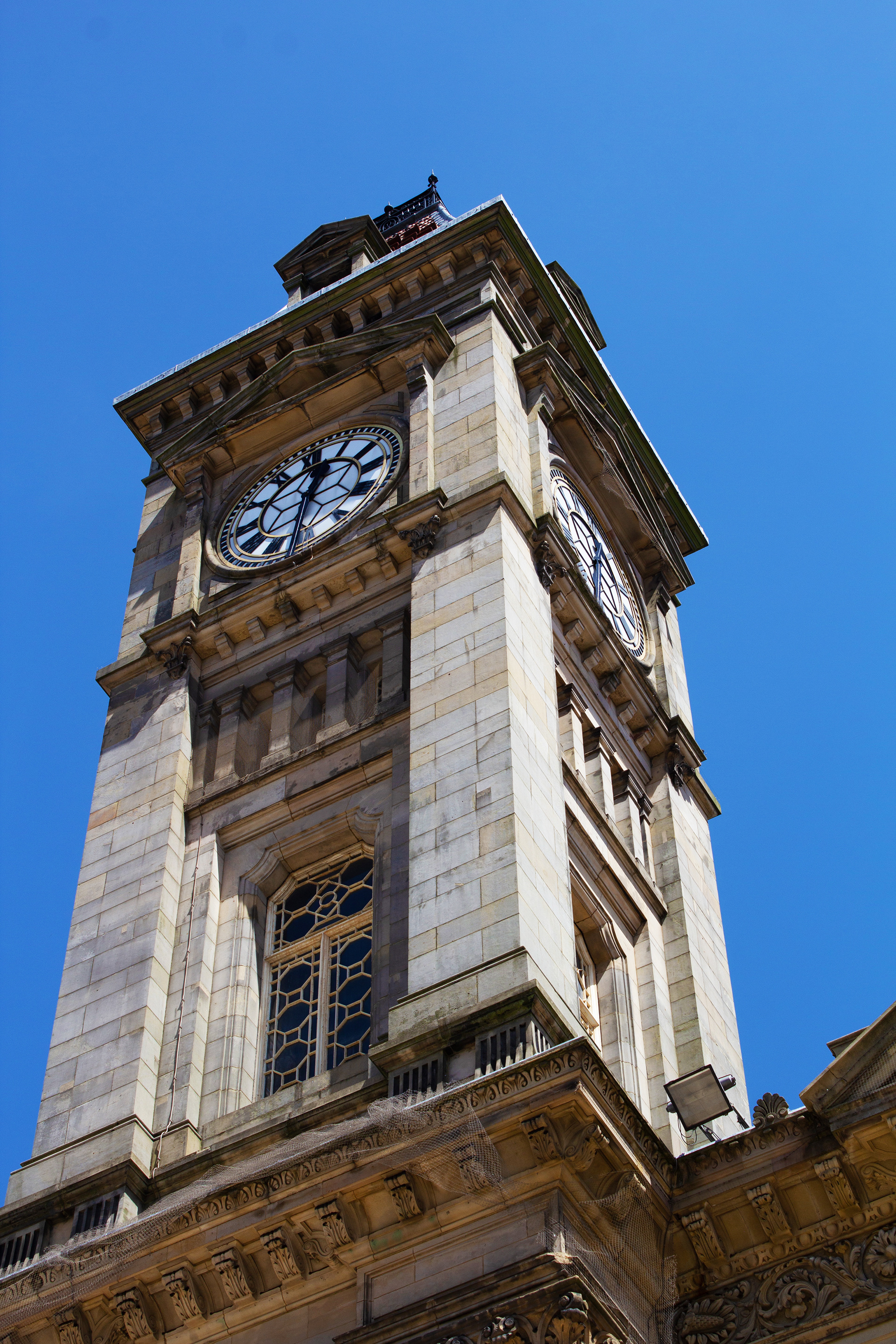


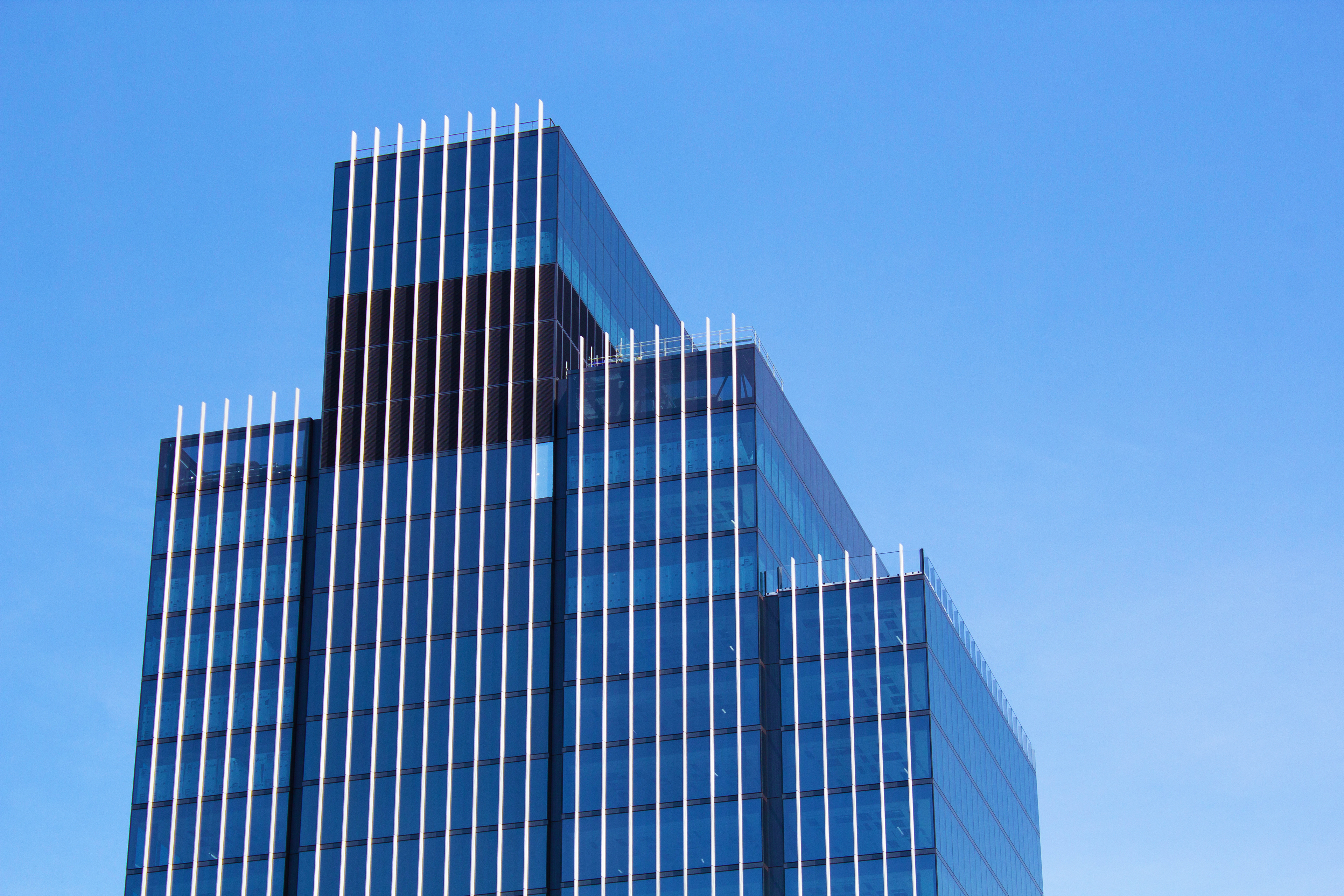

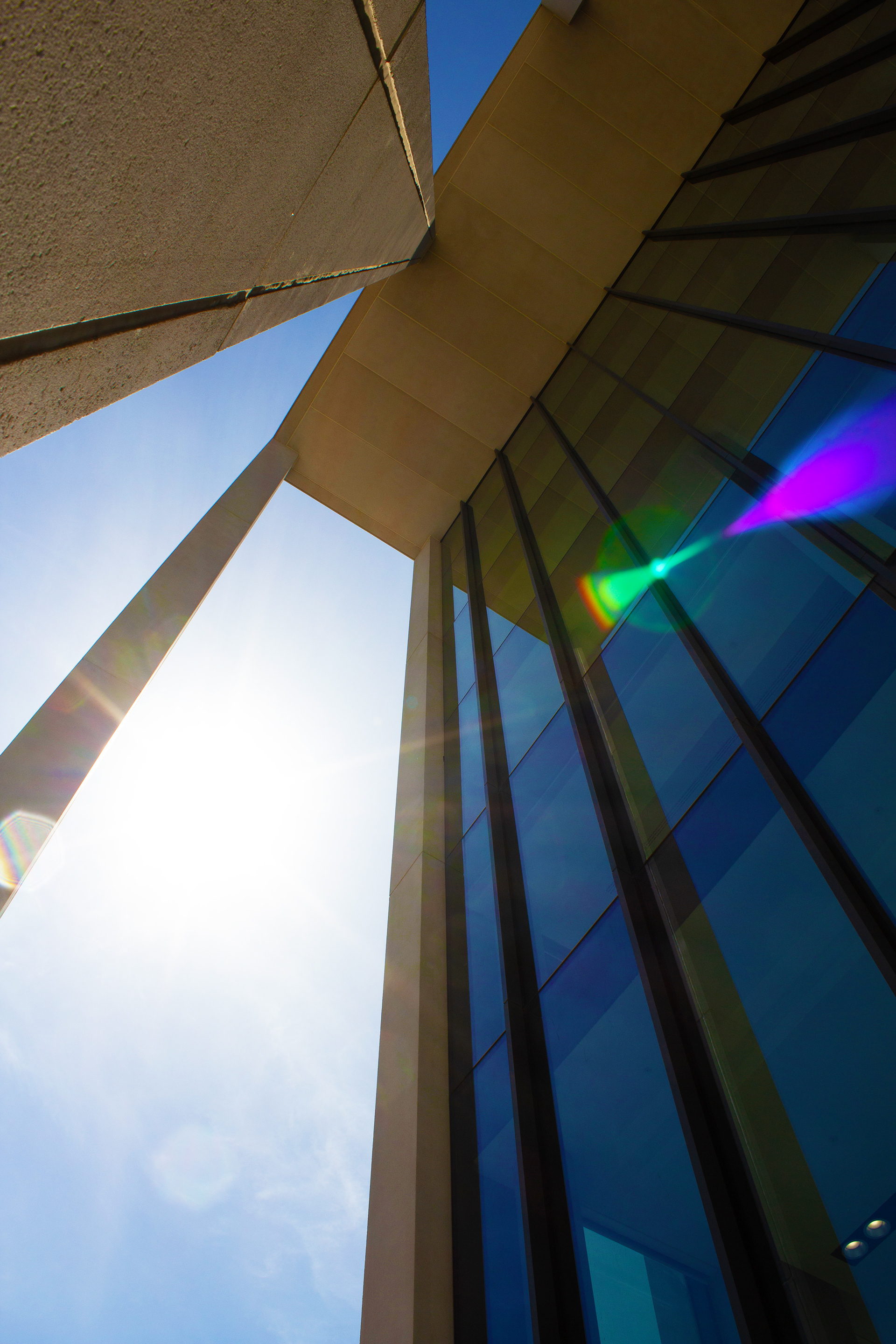


Figure 39: A frame from Auckland Tourist Board's project 'Golden Frames'
Figure 40. Archisculpture 038, Beomski Won, 2014
Figure 41. Digital collage using Photoshop
Figure 42. Building images on foamboard precutting.

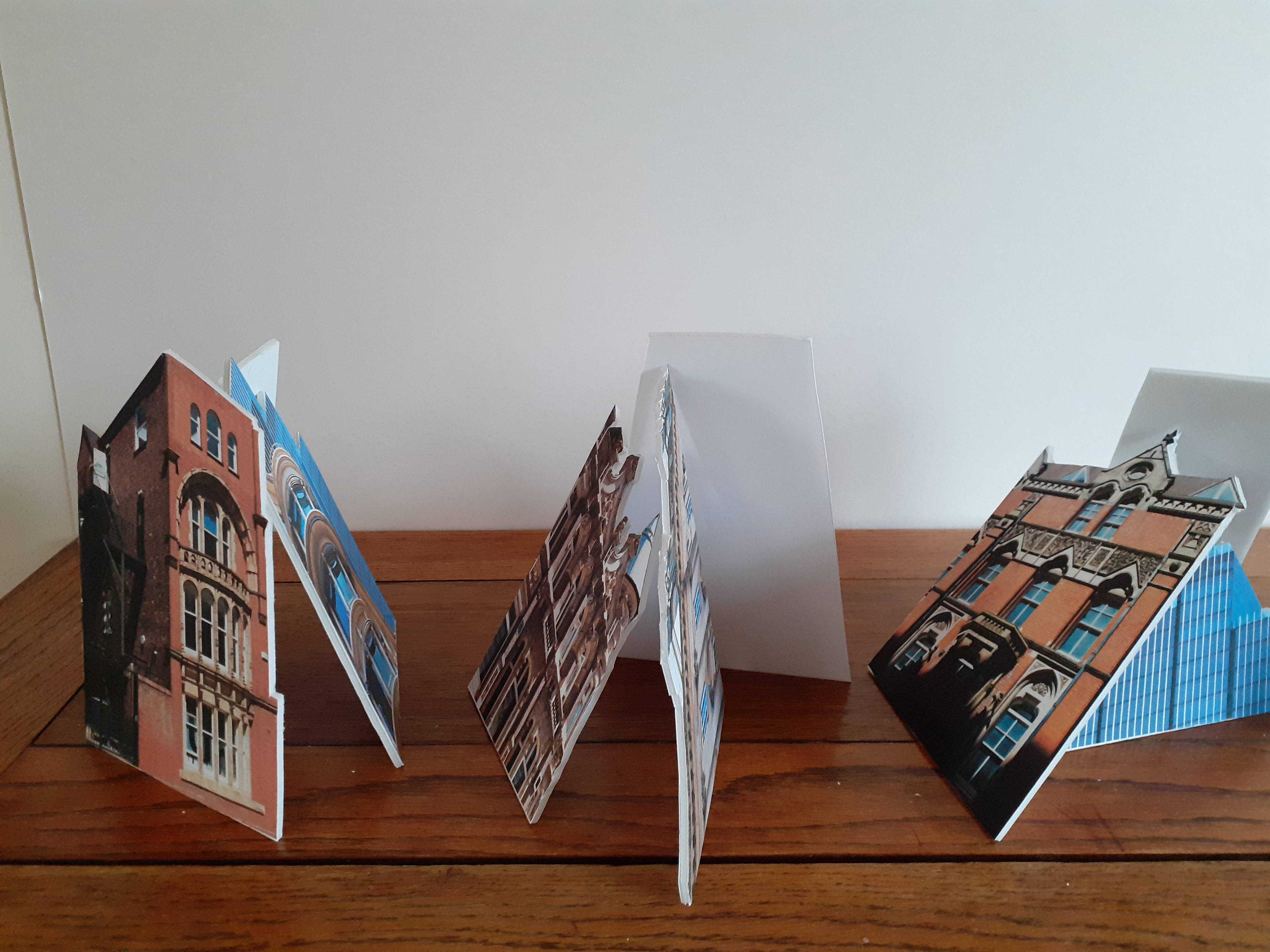
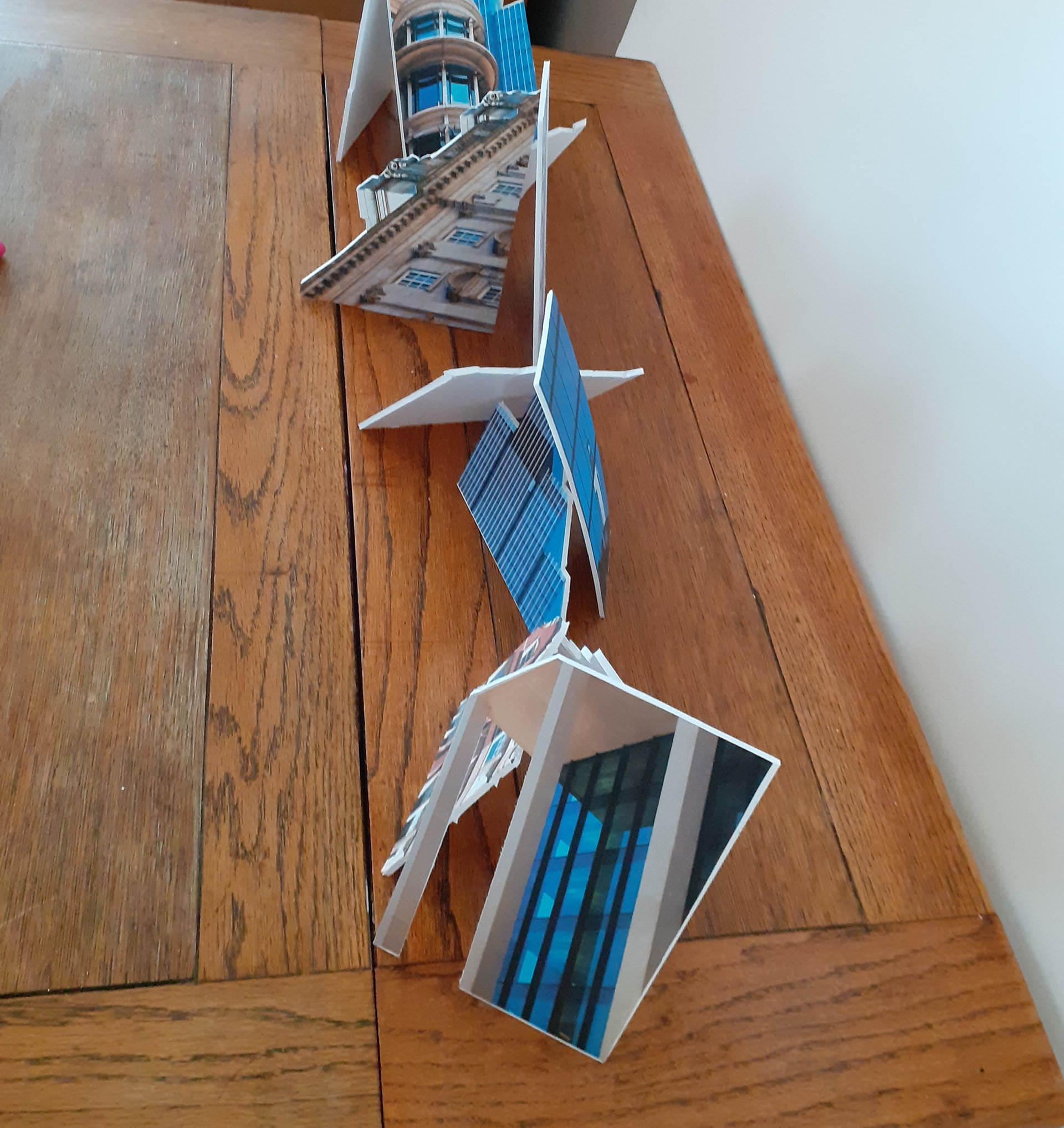
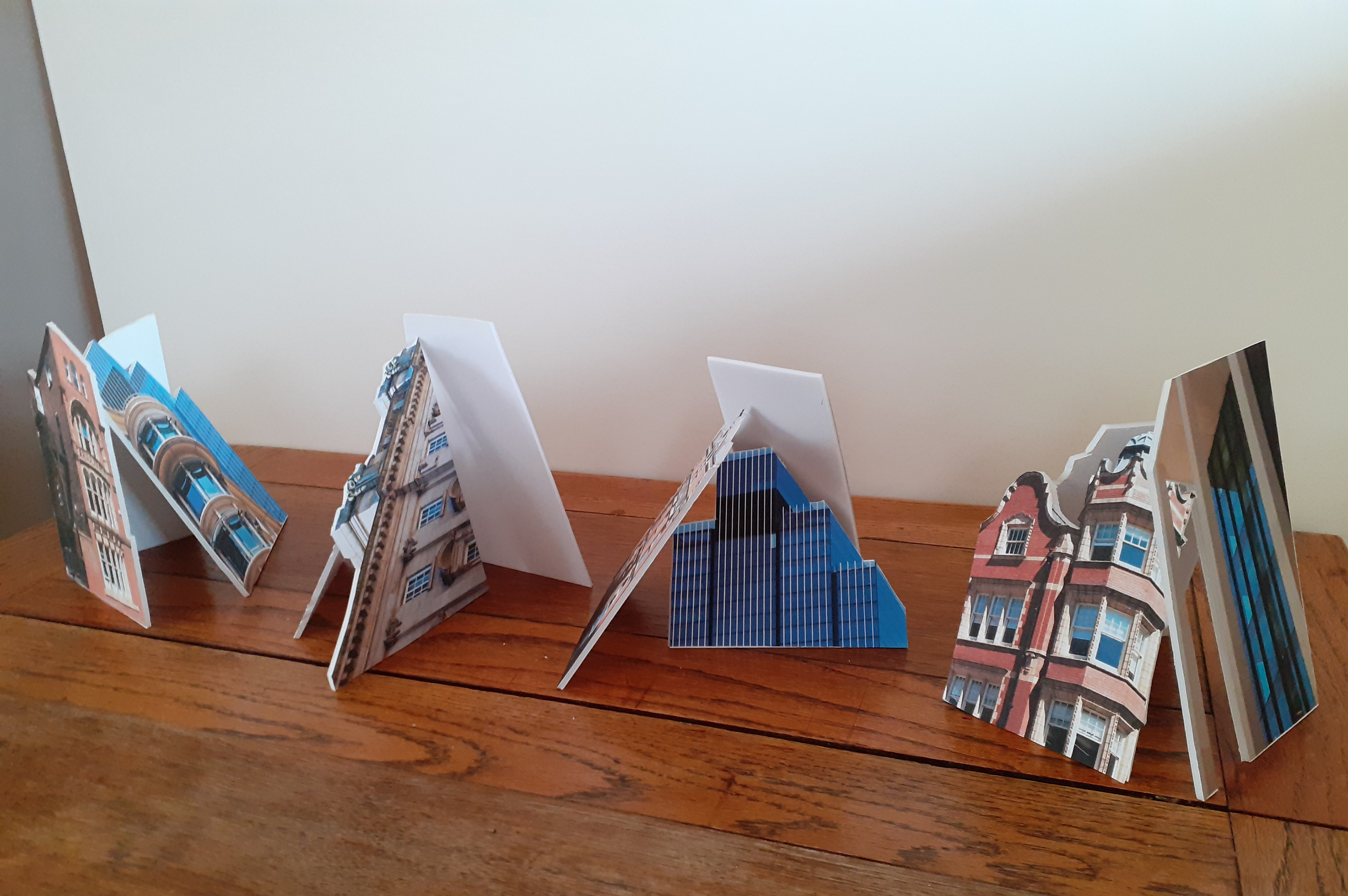
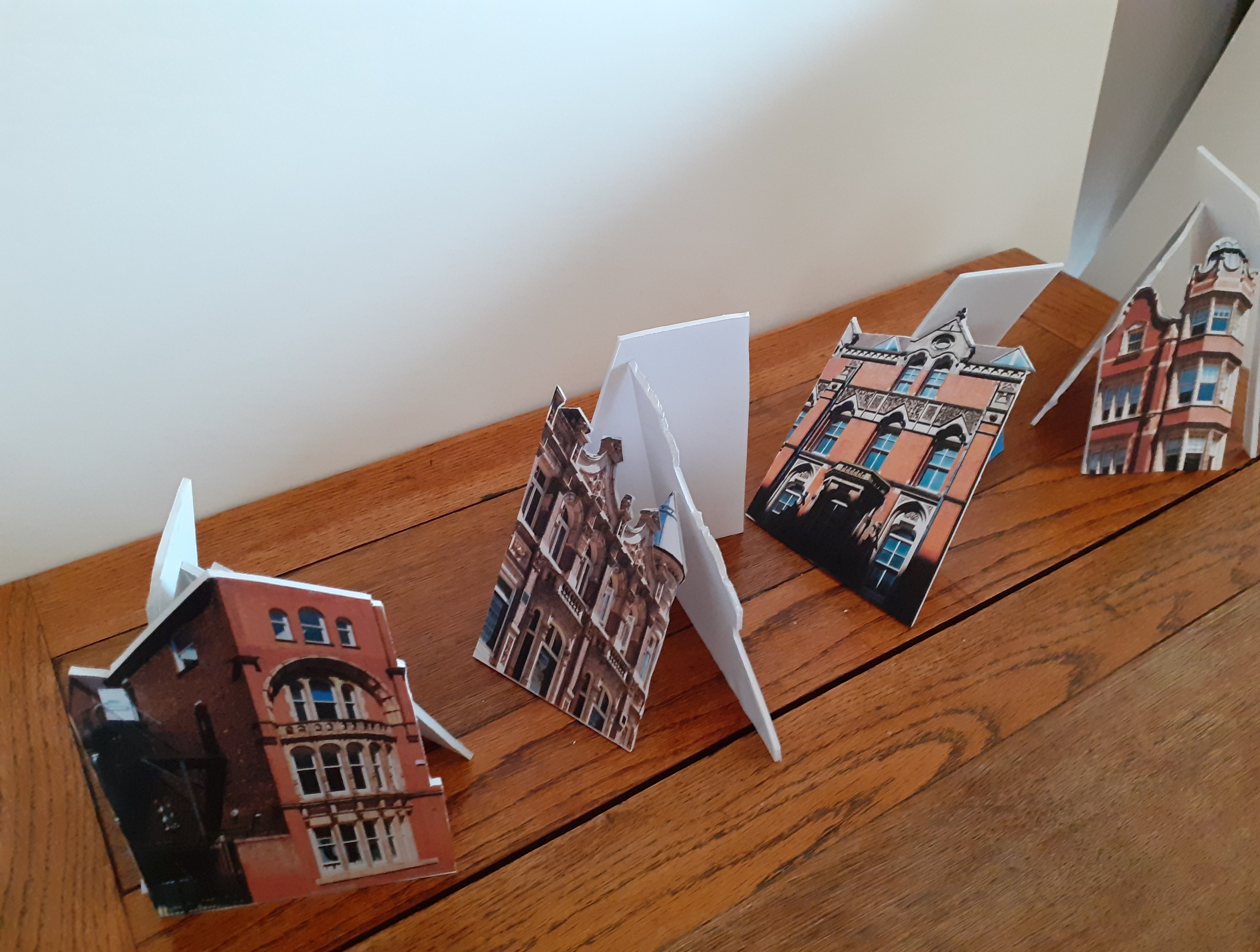
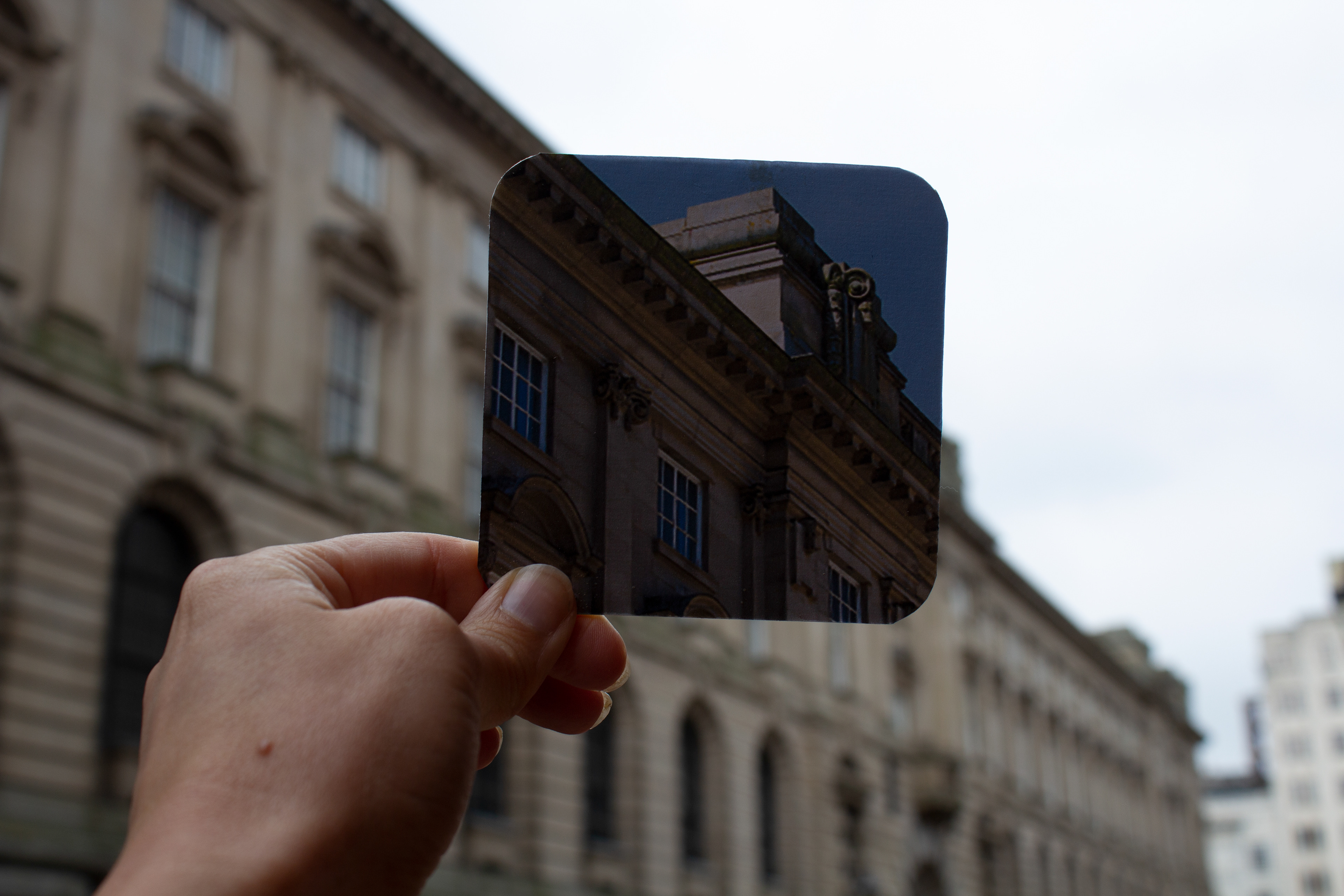
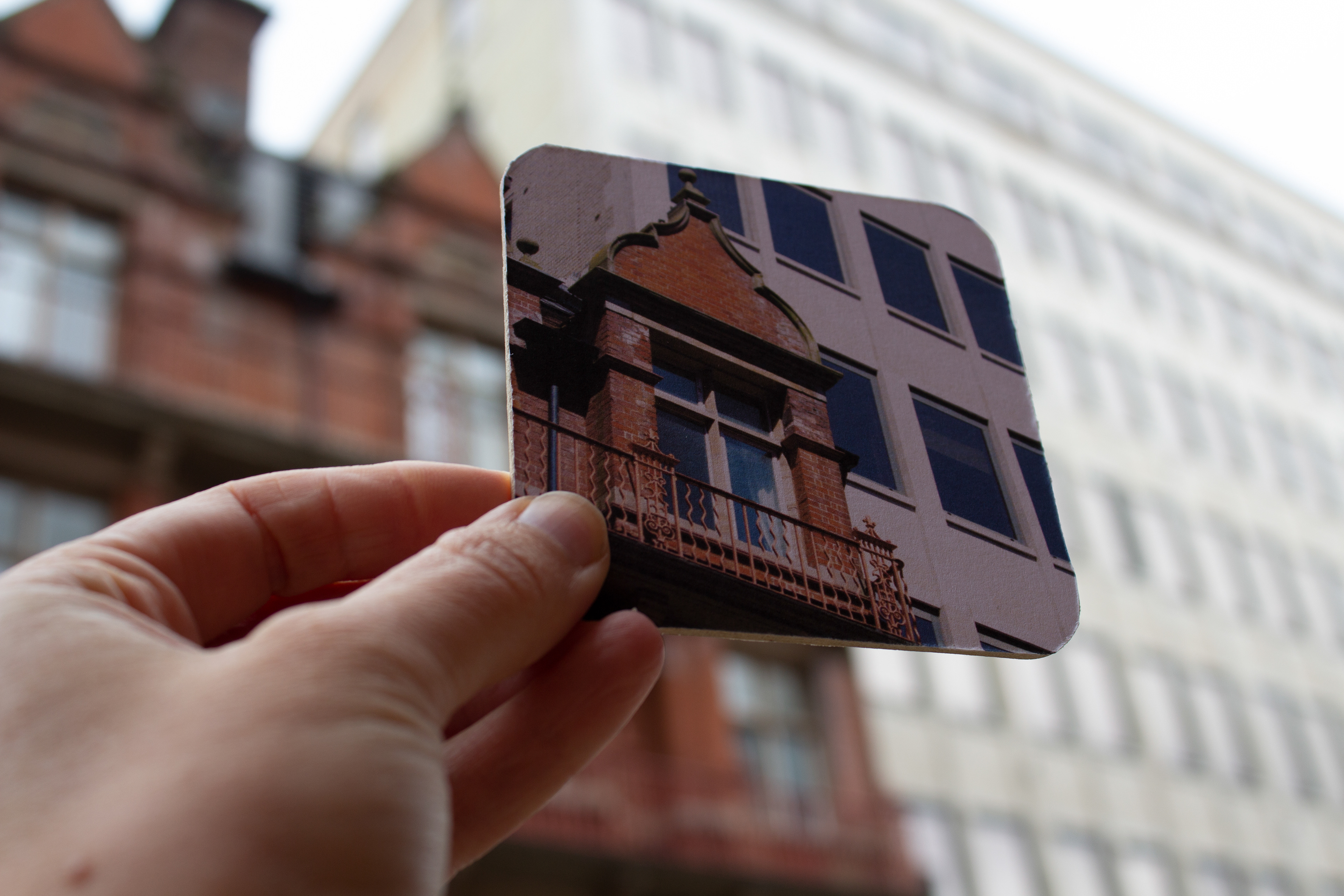
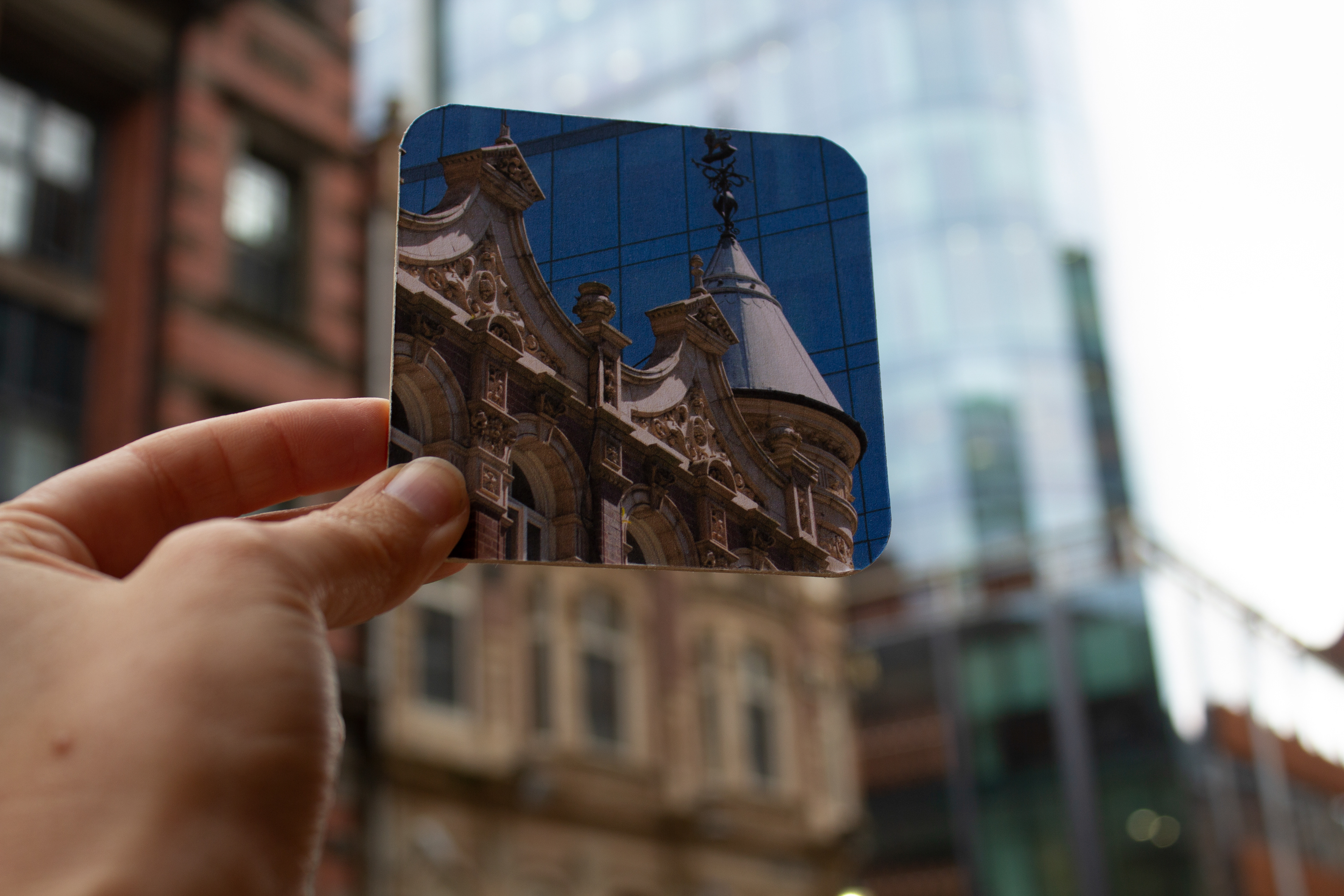

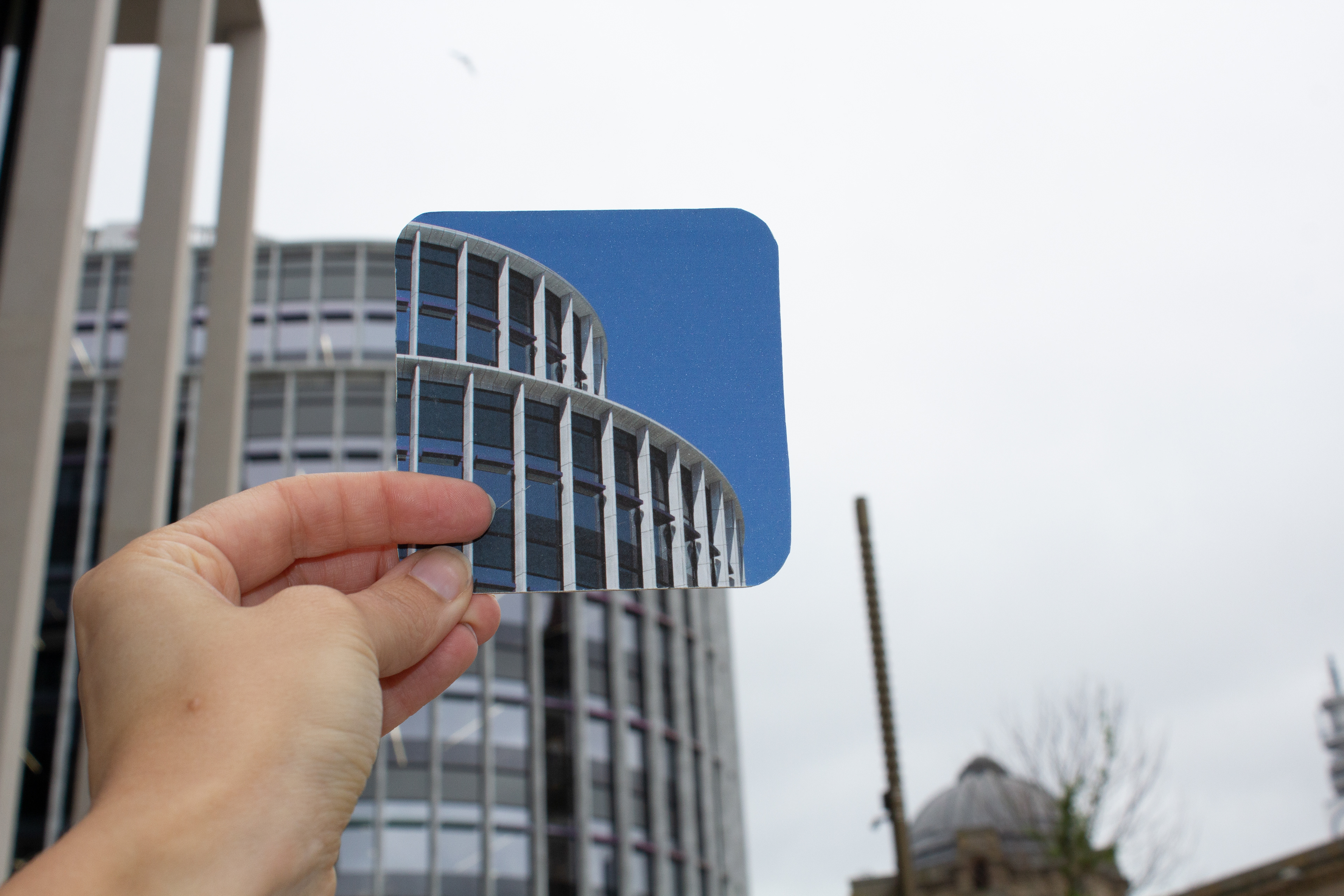
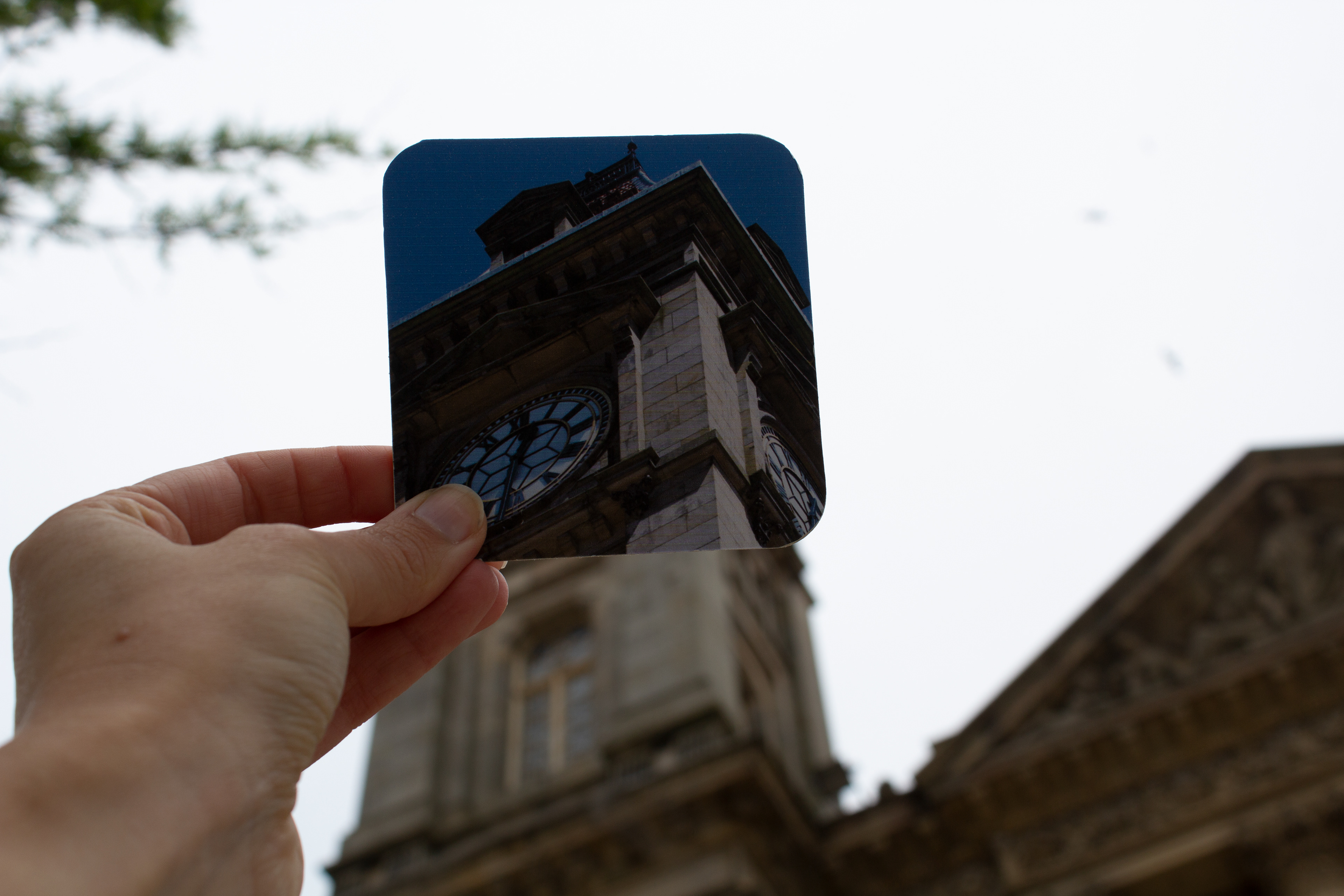
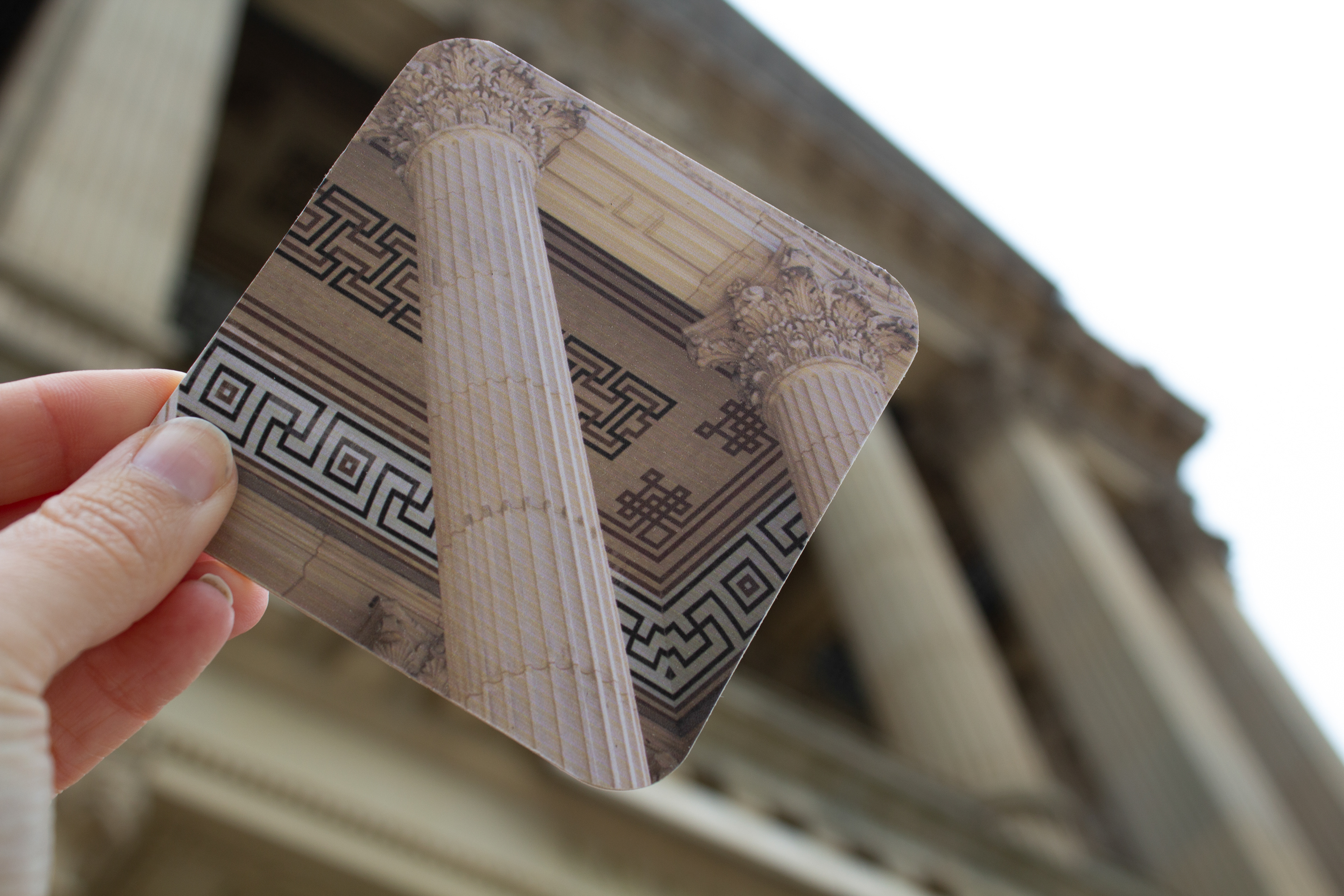


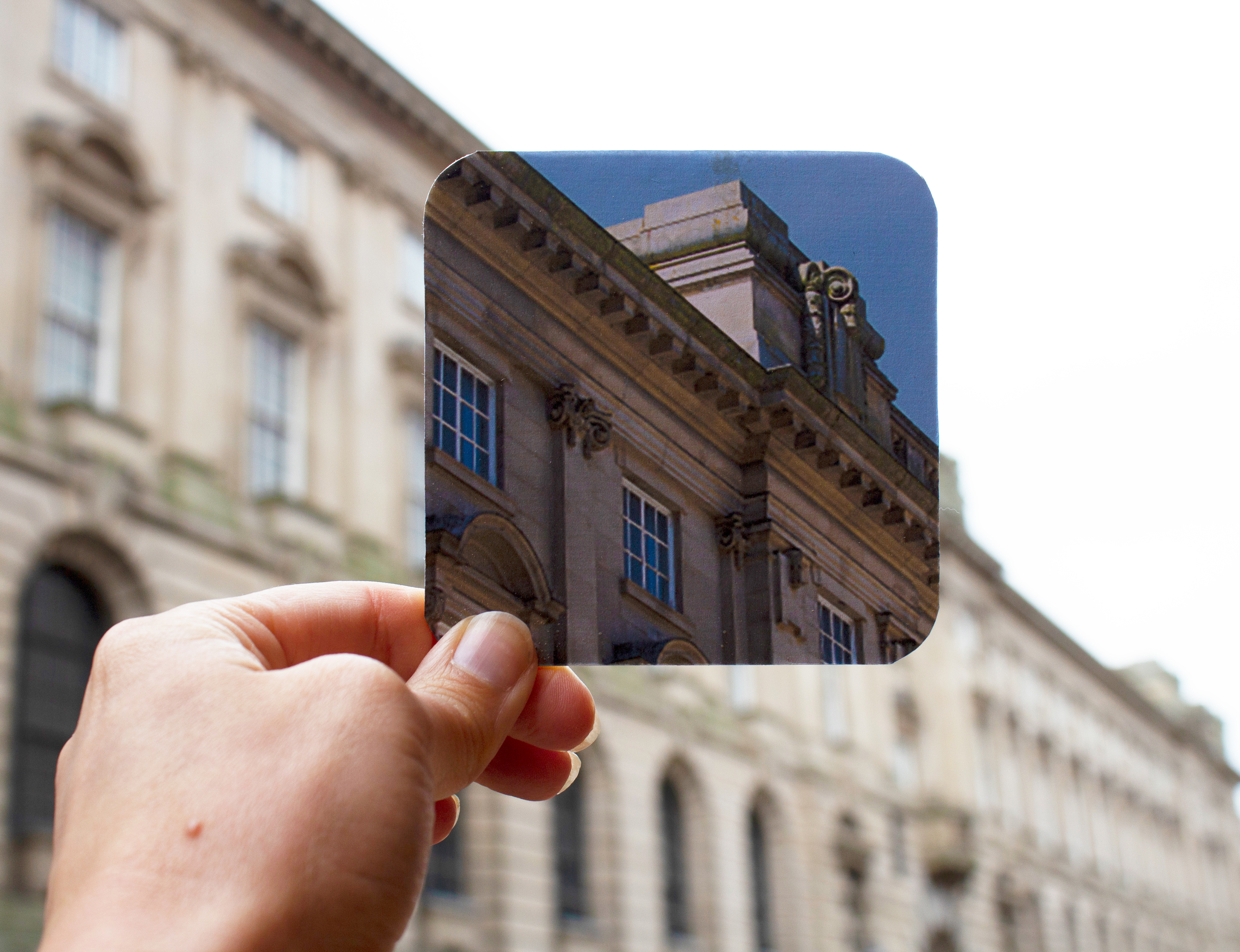
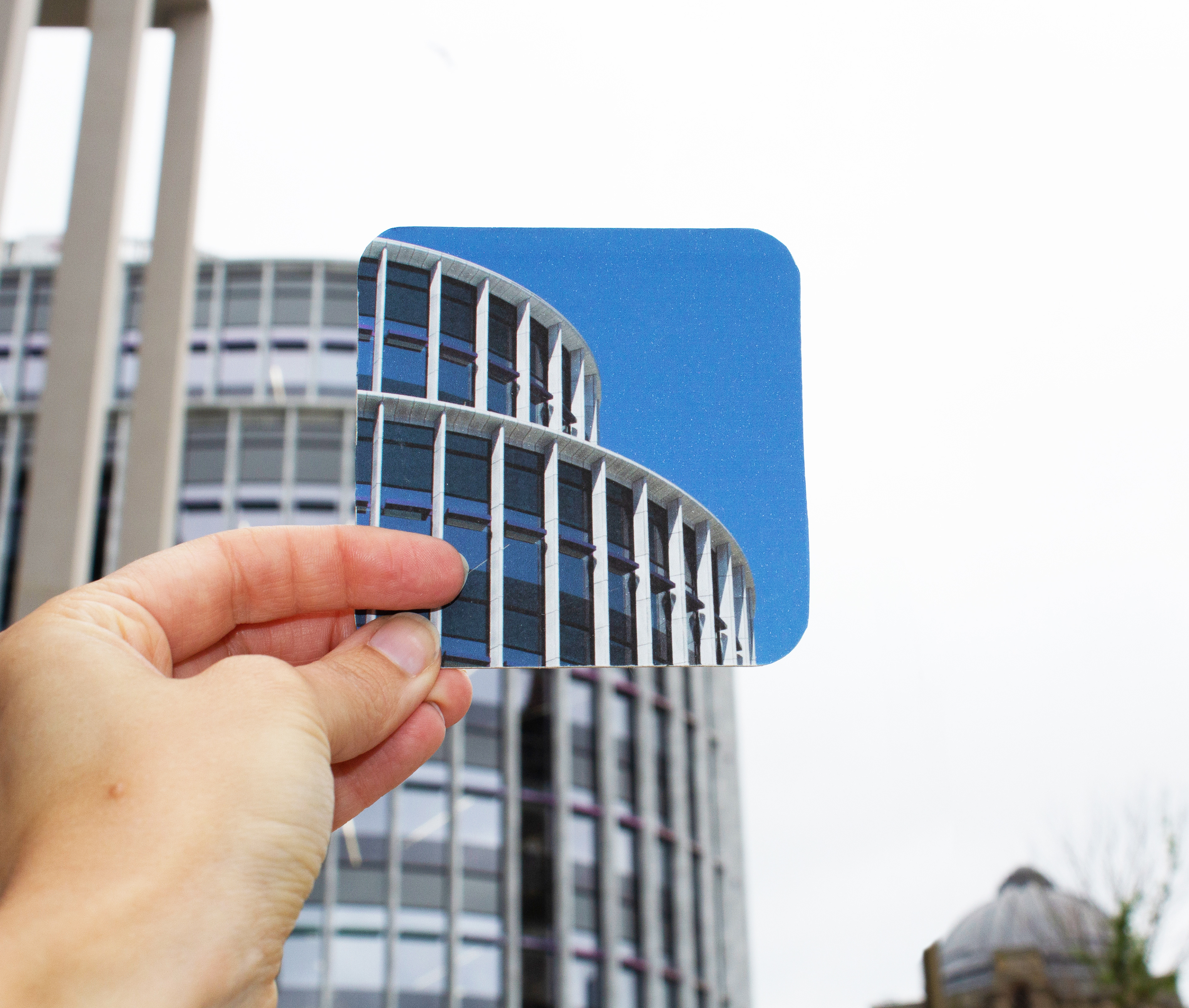
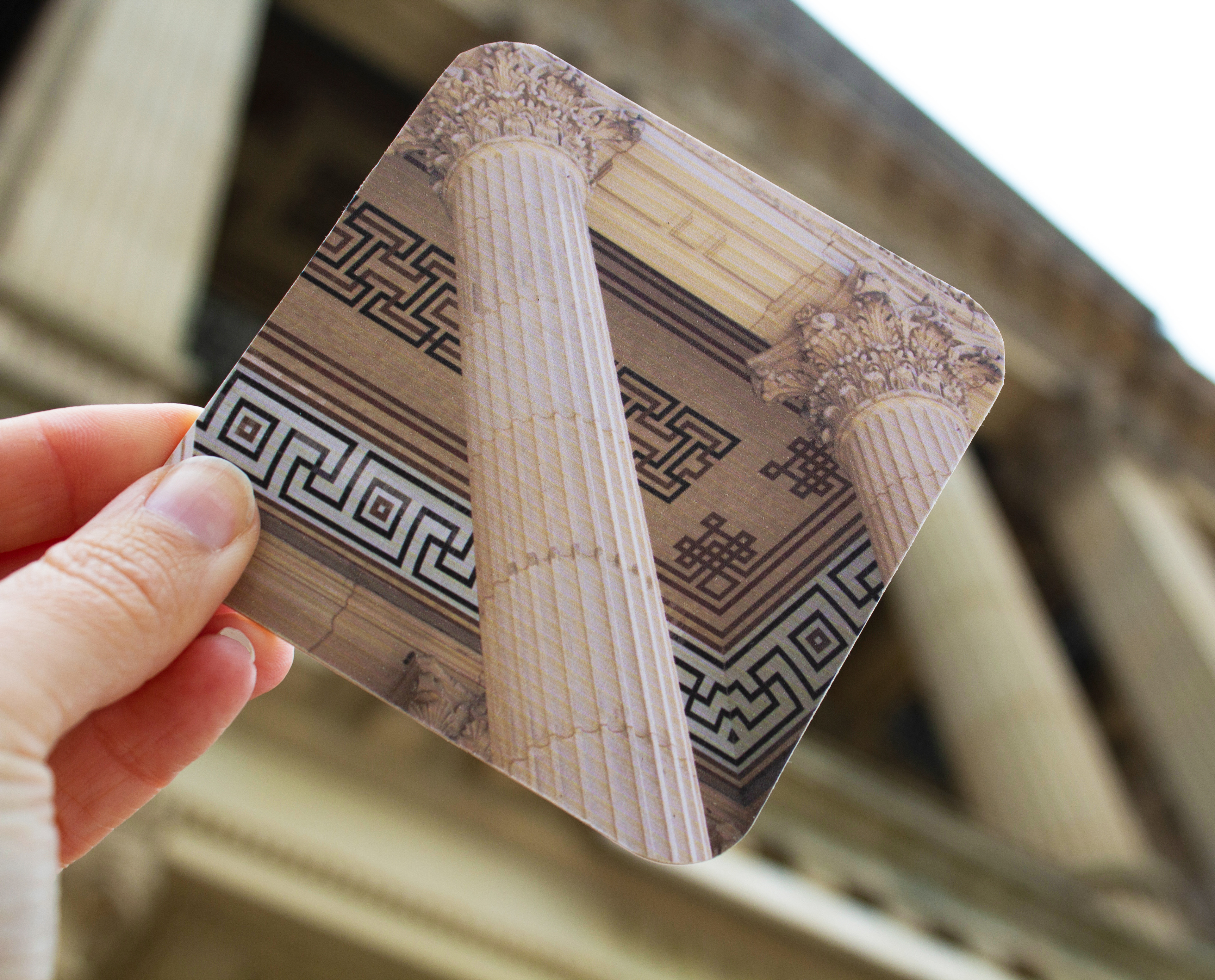
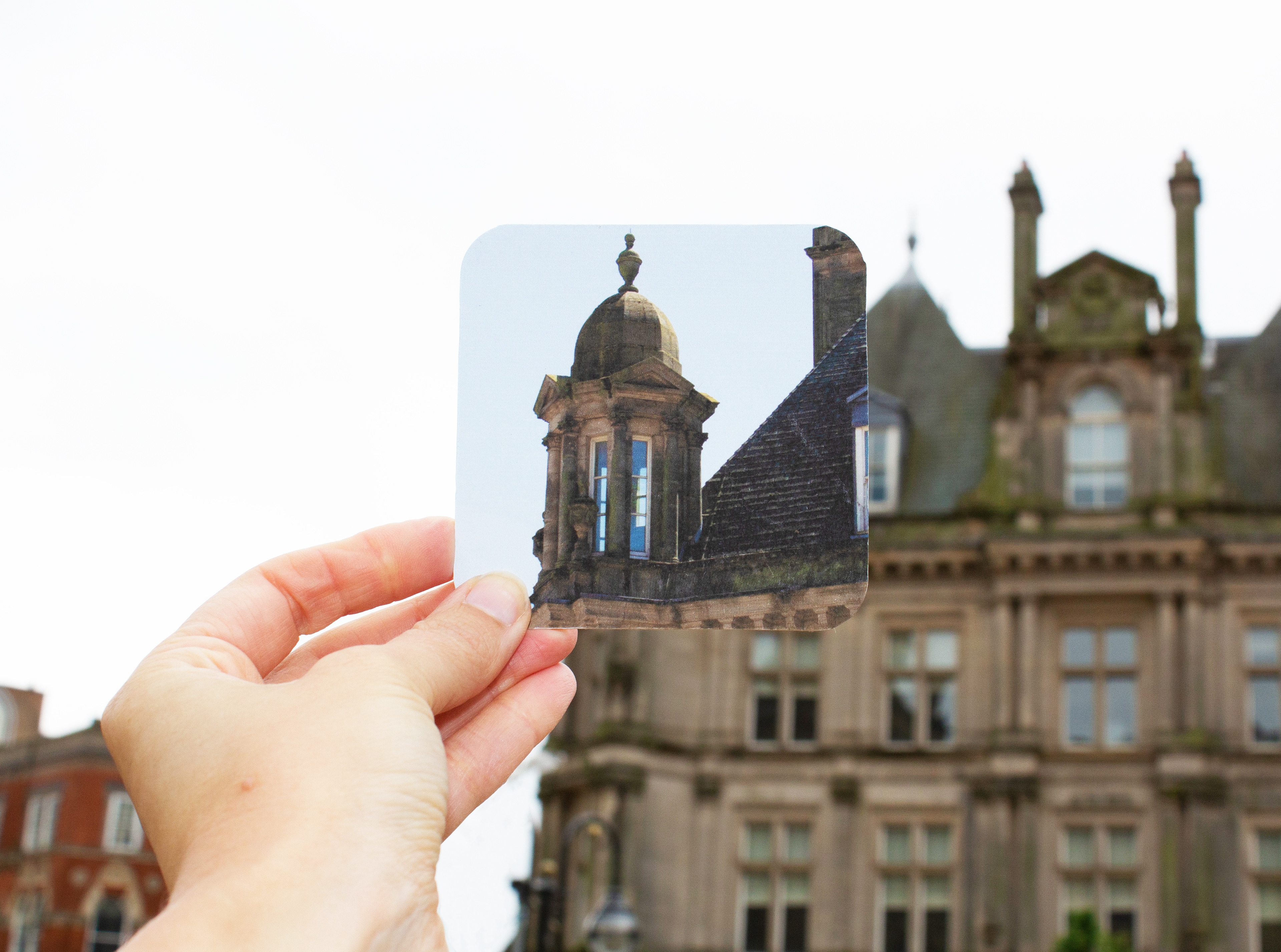
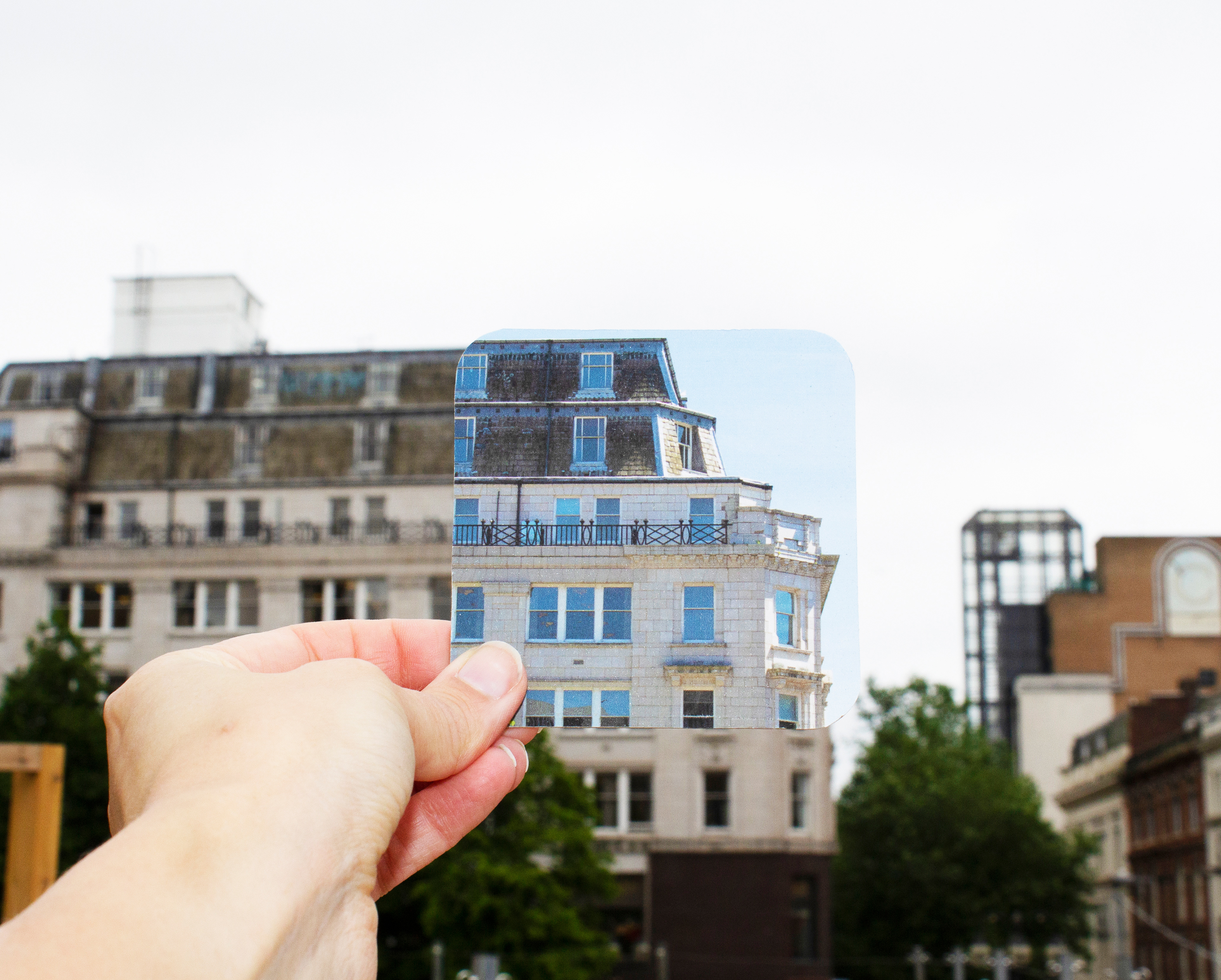
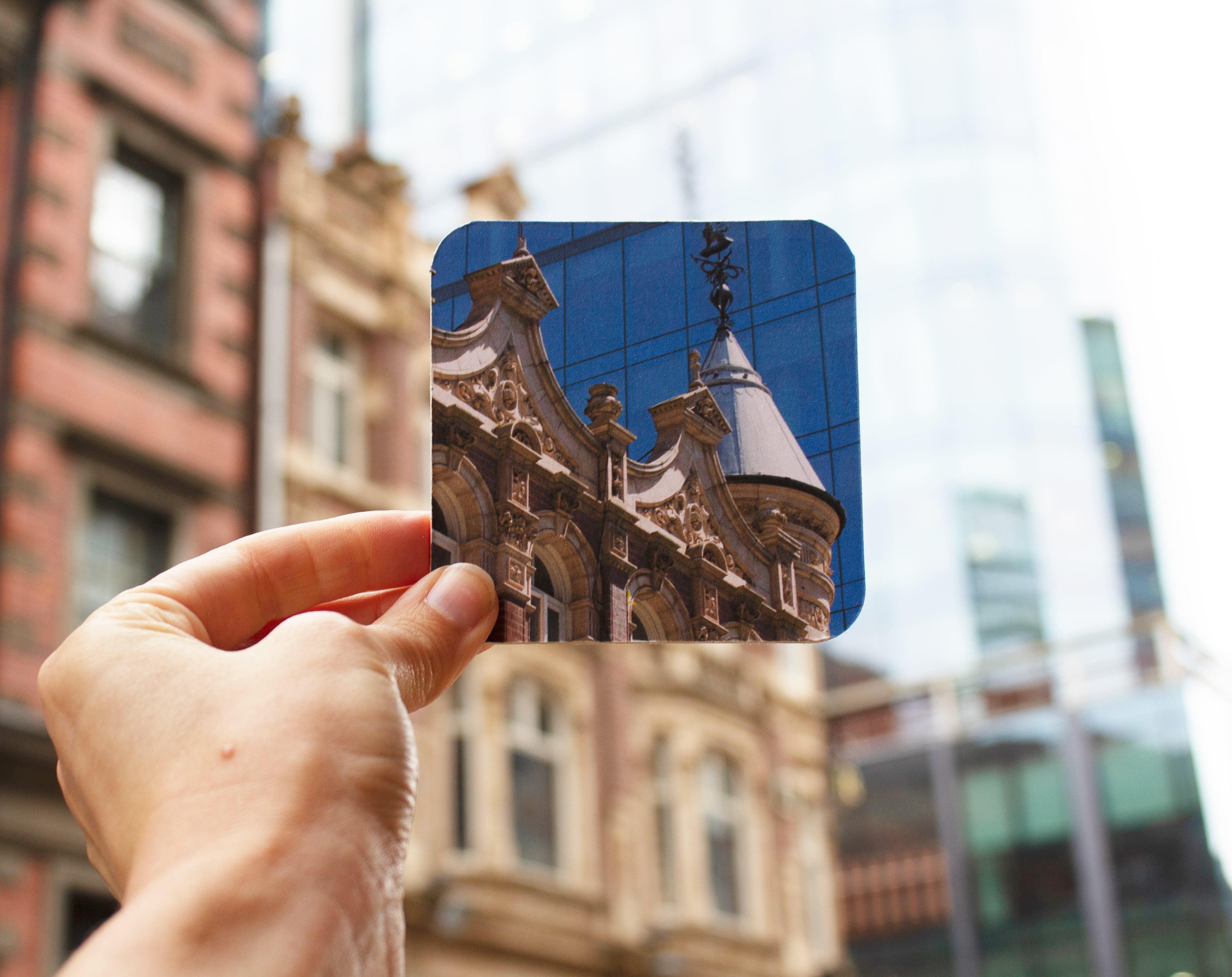
Figure 46: Simply Simplify by Cory Archangel, 2020
Figure 48: Layered prints on vintage paper
Figure 49: Layered print on vintage graph paper.
Figure 50: Photocopy and vintage paper scanned and layered with digital image.
Figure 51: Photocopy and vintage paper scanned and layered with digital image.
Figure 52: Photocopy and vintage paper scanned and layered with multiple digital layers.
Figure 53: Footage from the park
Figure 54: Digital film collage using video and still photography
Figure 56: Quick video collage on billboard photographs
Figure 58: Text experimentation for publication
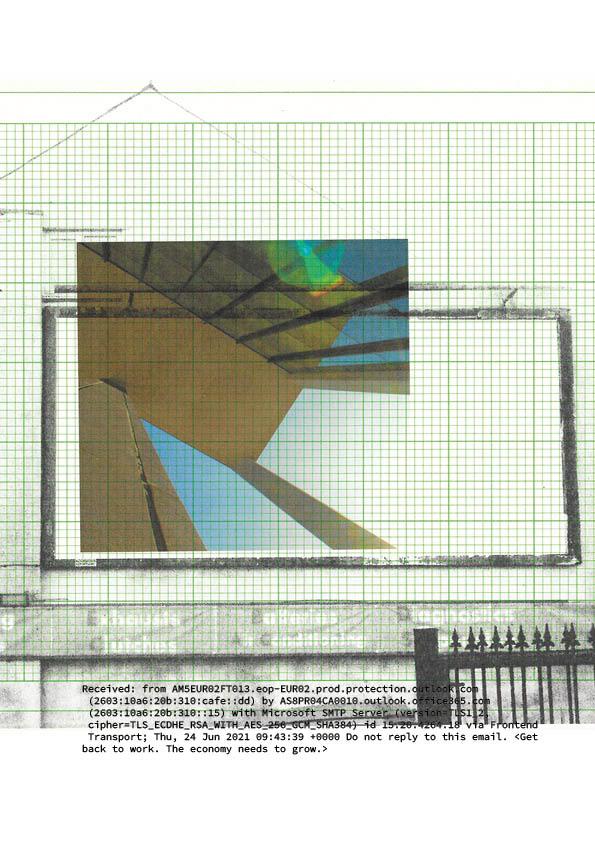
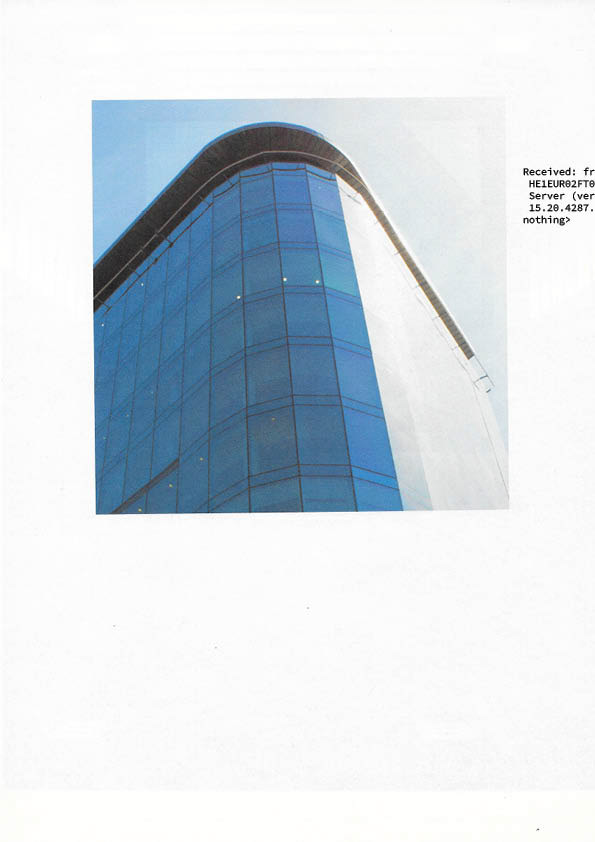
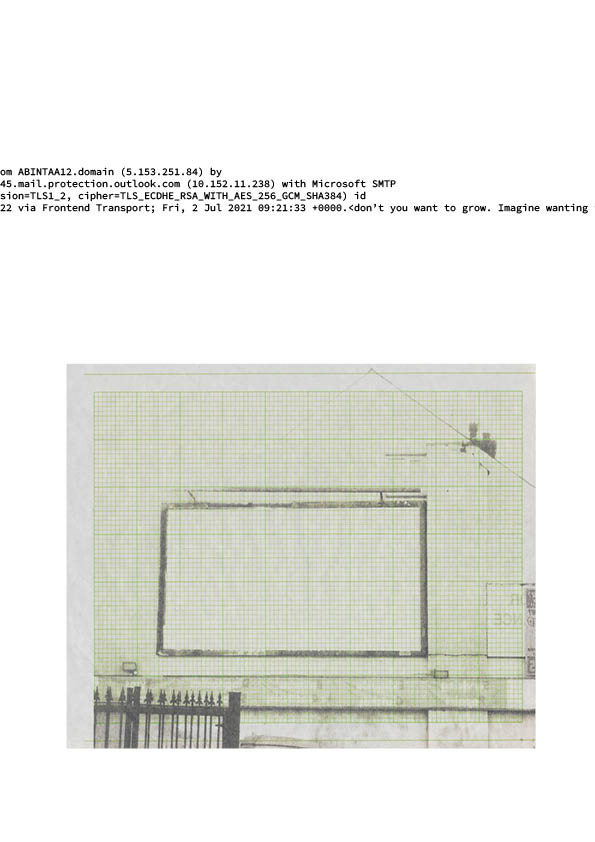
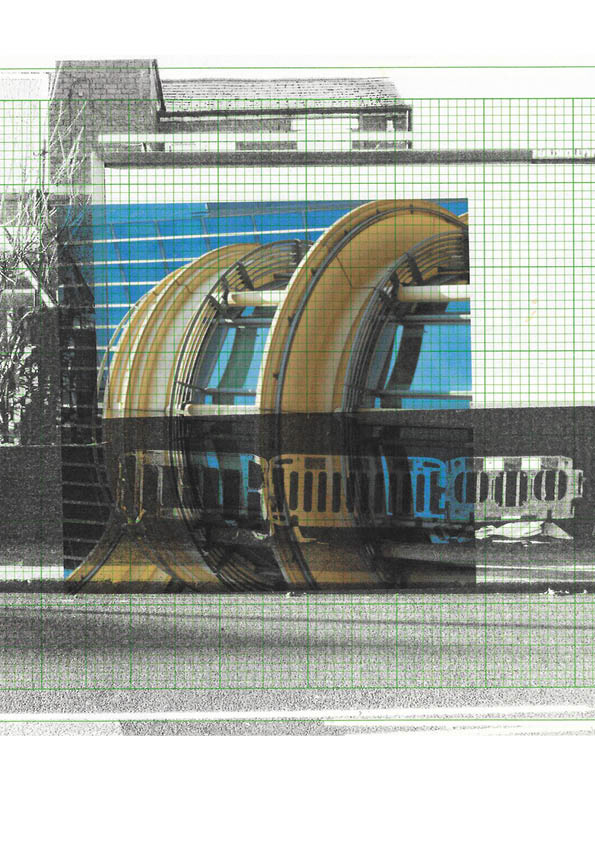
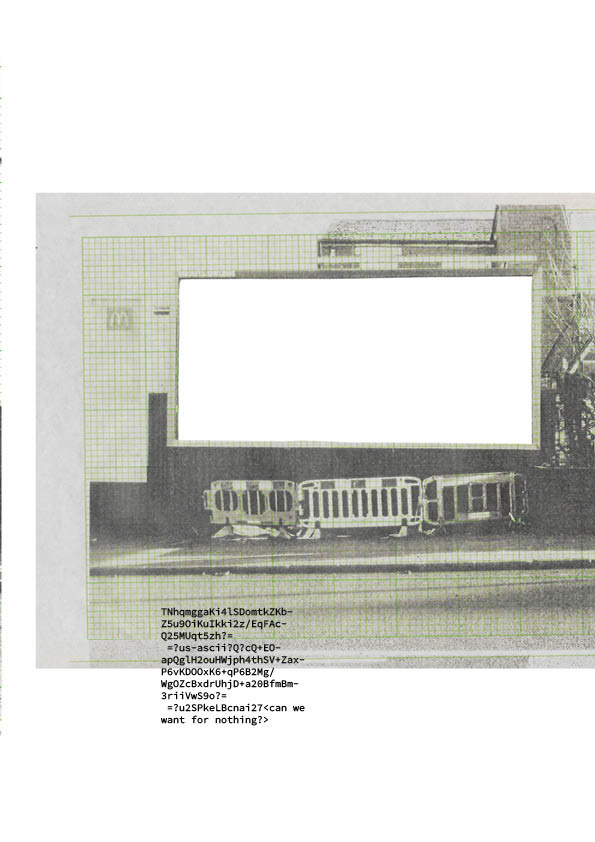
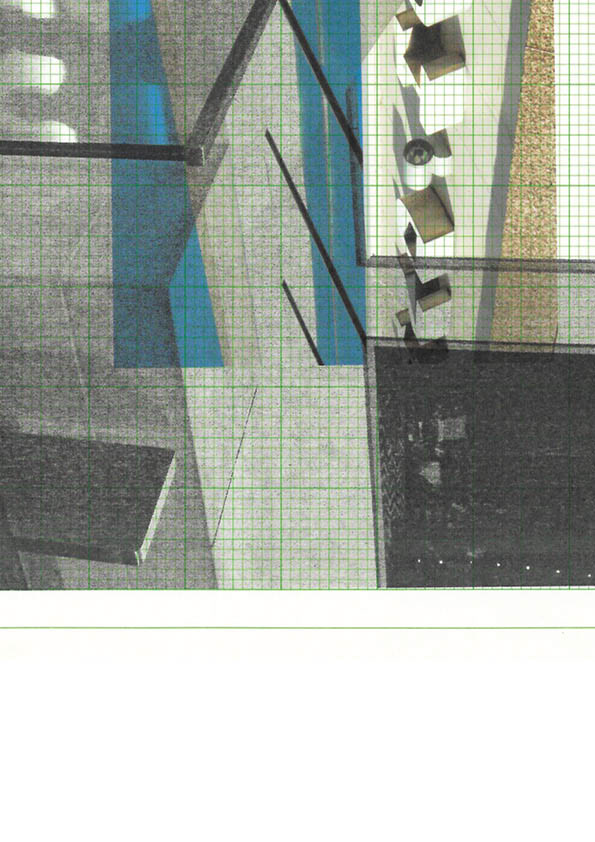
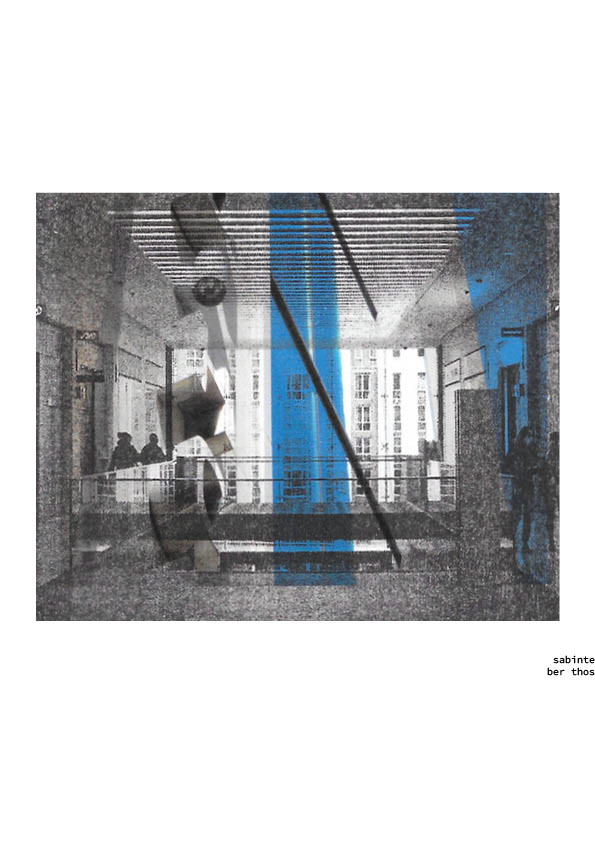
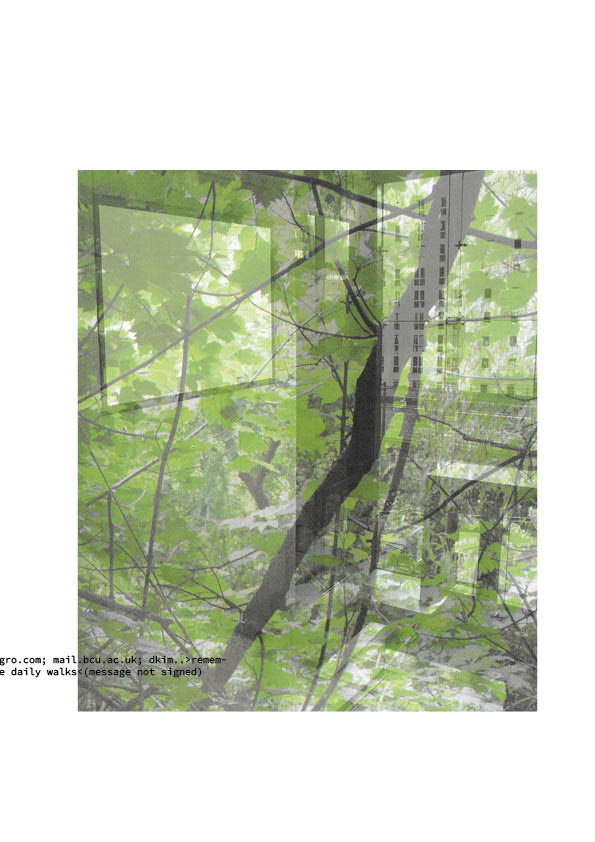


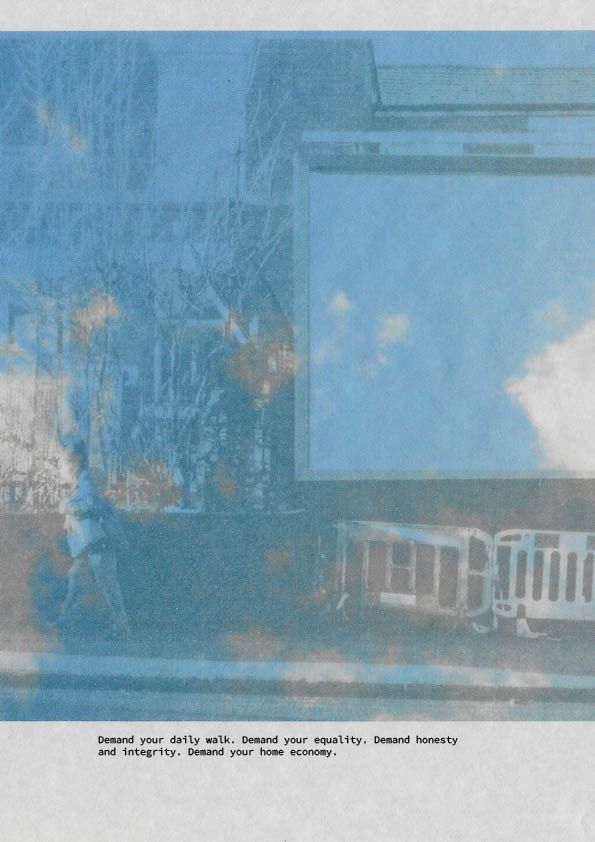
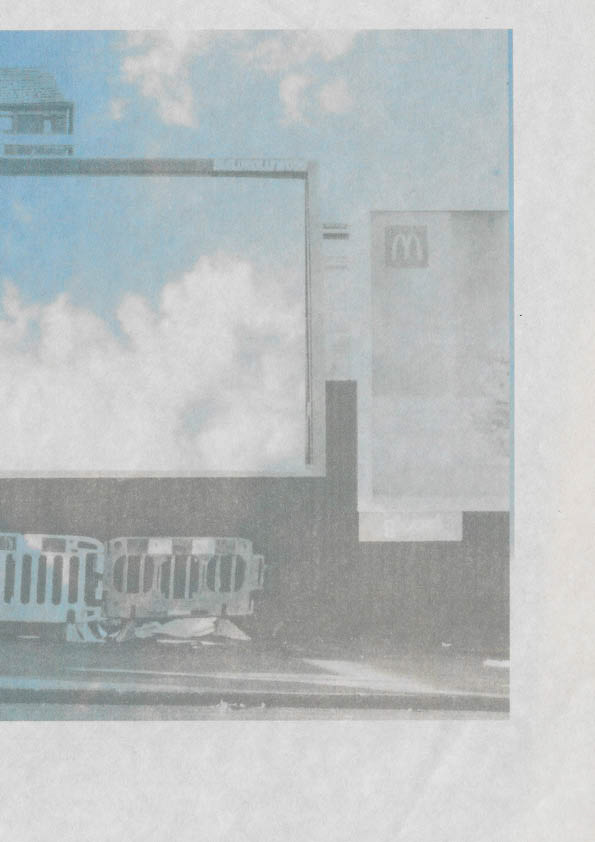
Figure 61: Gallery handout research
Figure 62: I created numerous different exhibition guide compositions before deciding on the final layout
Figure 63: Experimental prints on different vintage papers
Figure 64: Final exhibition guide (printed content) front and back including portfolio QR code
Figure 65: Final exhibition guide (printed content) middle pages.
Figure 66: Final exhibition guide as intended (printed on vintage graph paper and available to take away)
Figure 67. Premiere project workspace plus close up and diagram of the visual effect I created of a vintage slide transition
Figure 68: Photoshop edited box file frames in gallery space at Margaret Street
Figure 69: Digital visualisations of posters
Figure 70: test shots around School of Art of my projection
Figure 71: exhibition proposal for audio visual set up
Figure 72: recording a range of takes for post production
Figure 73: Projection from a different angle.
Figure 74: Behind the scenes; studio set up with SLR camera on tripod with external mic, surround speakers, projector and media player.
Figure 75: Close up of Premiere project of projection visualisation